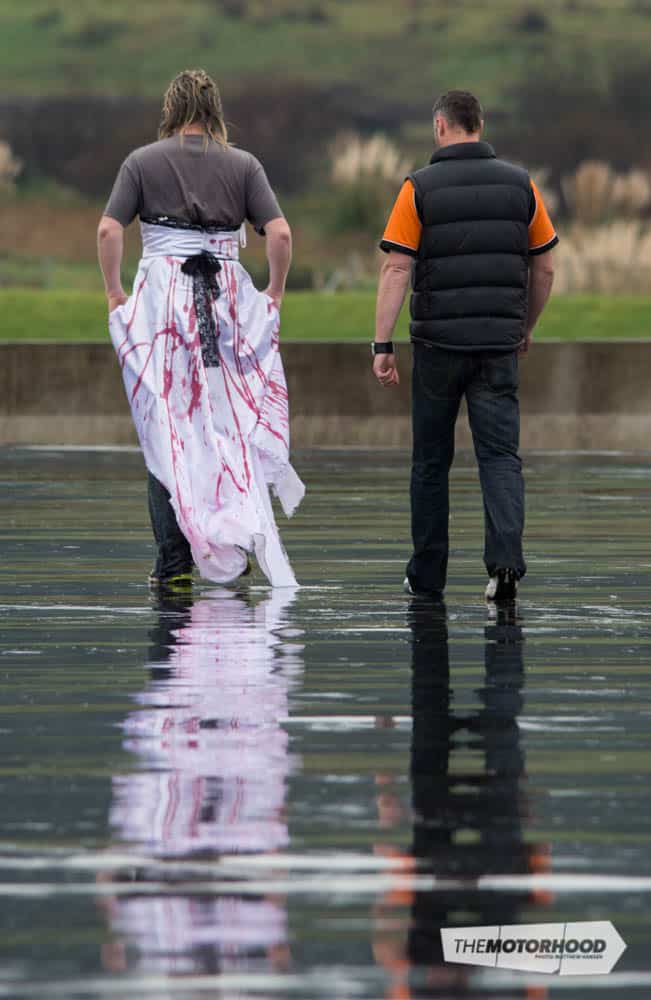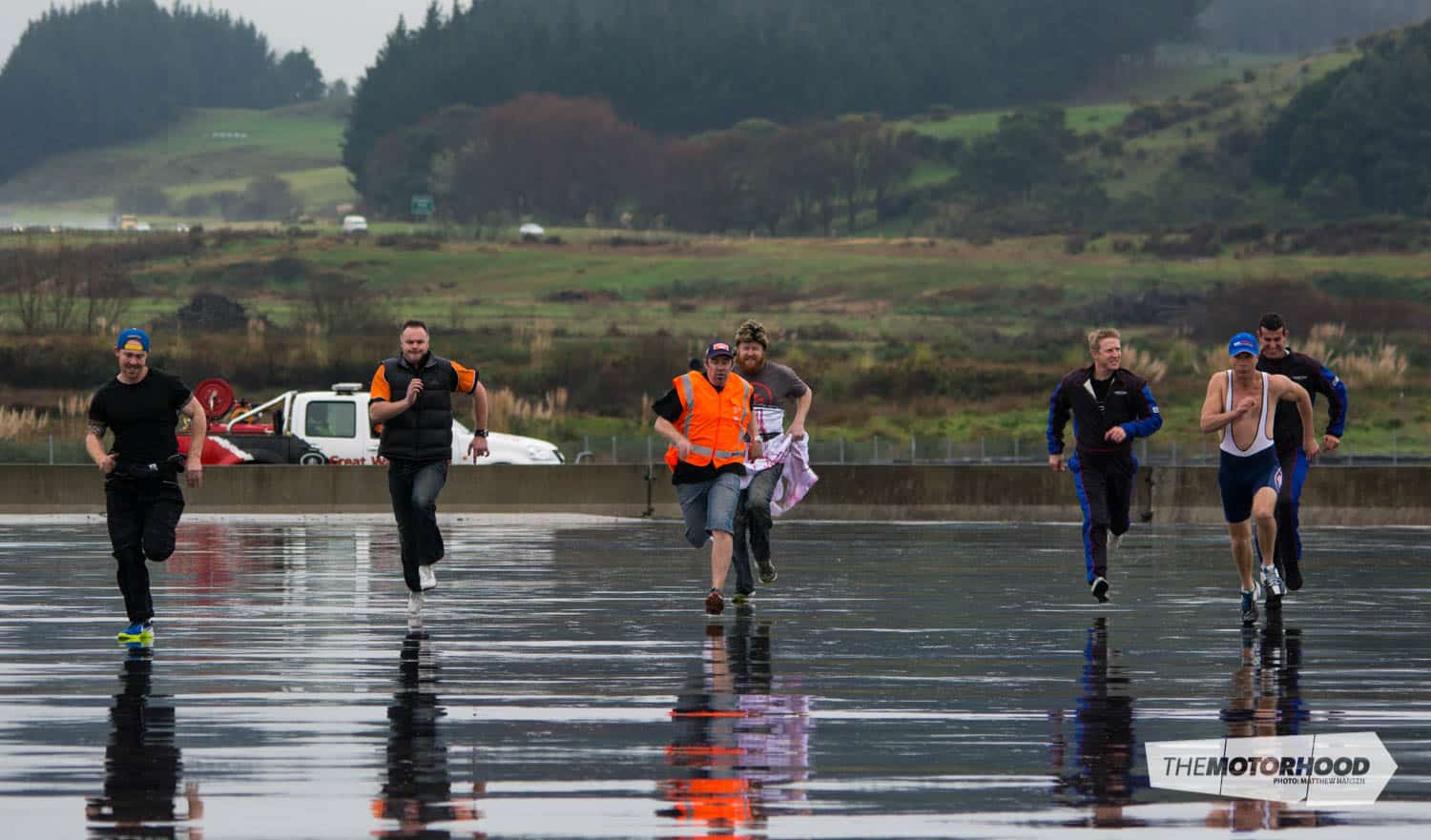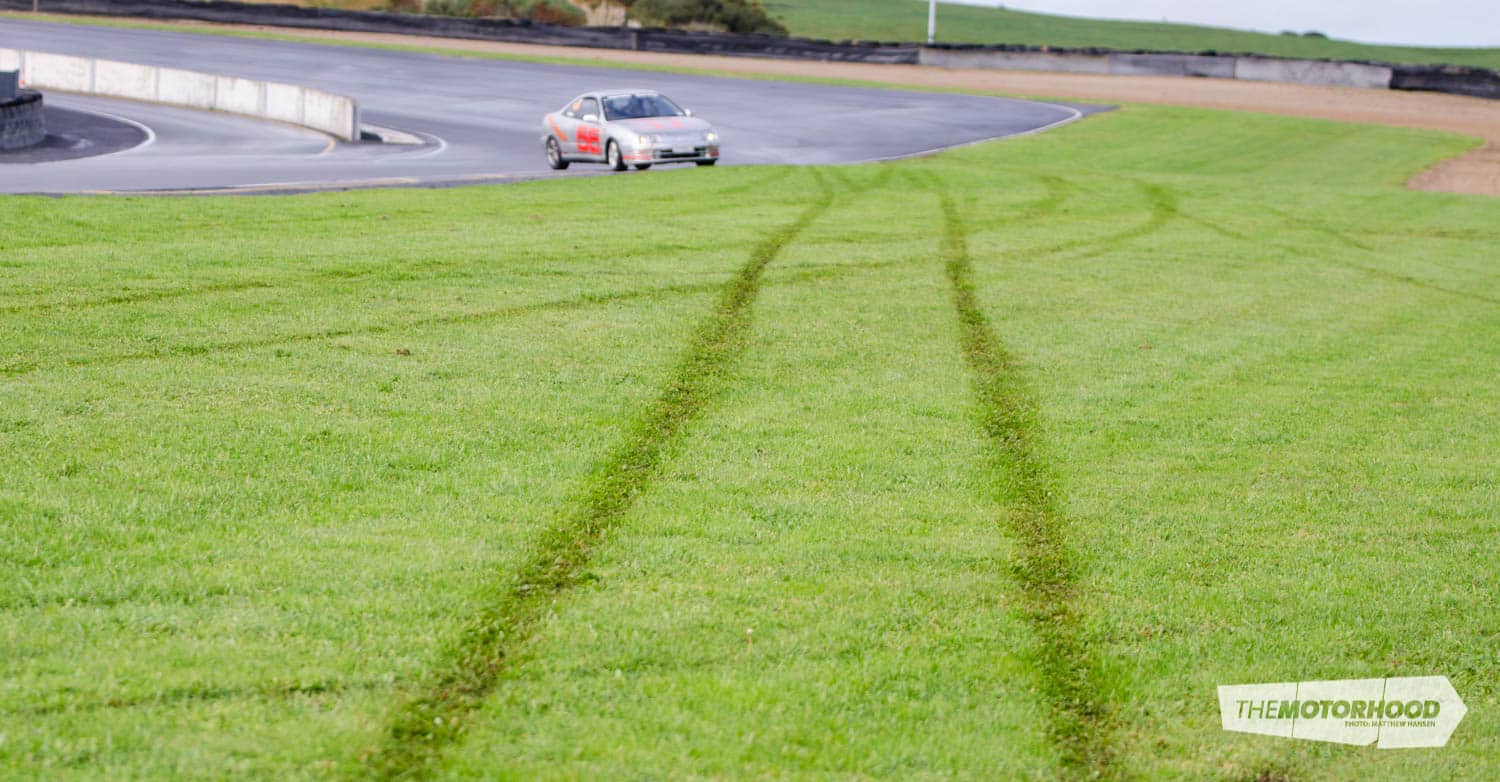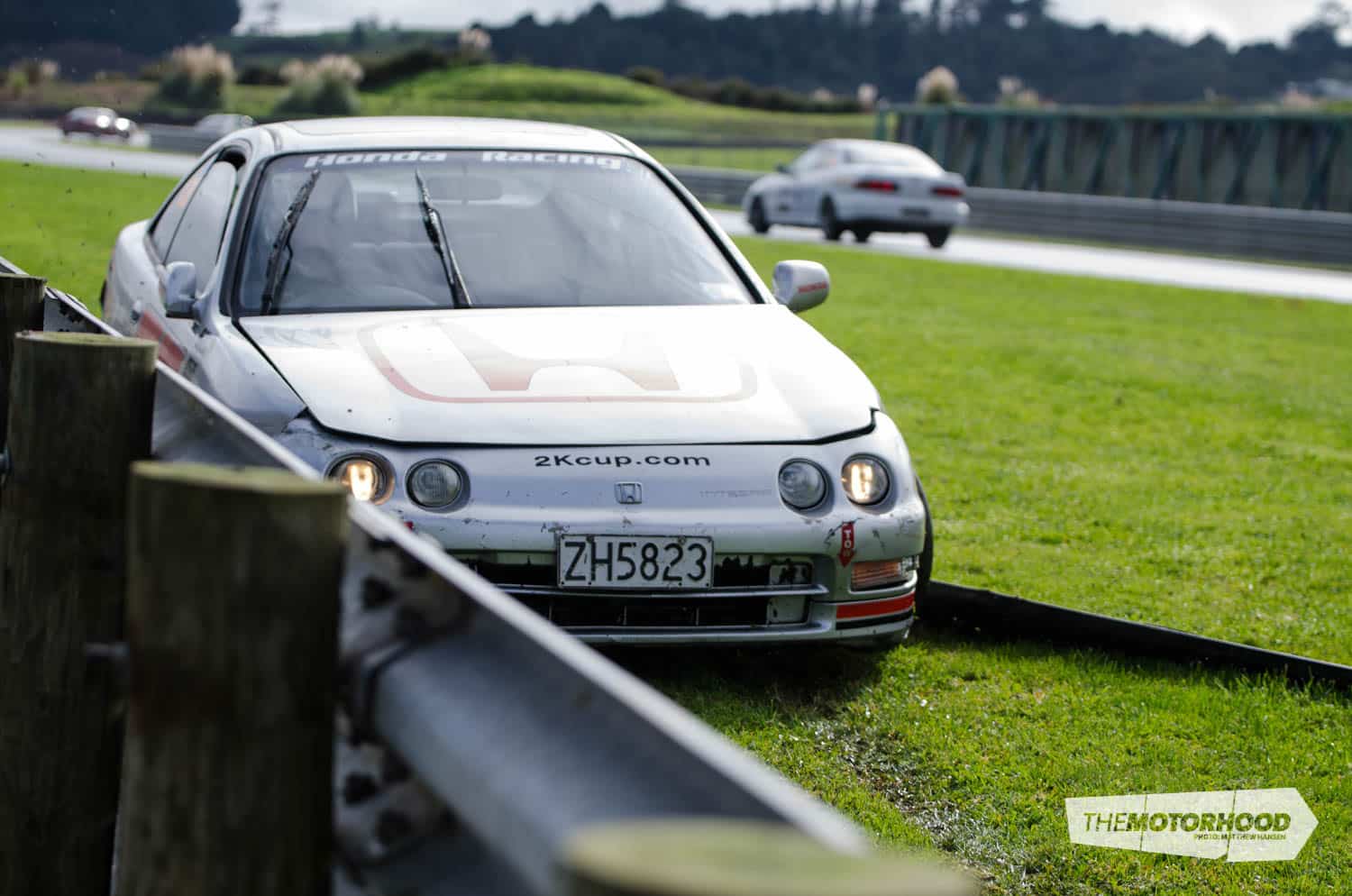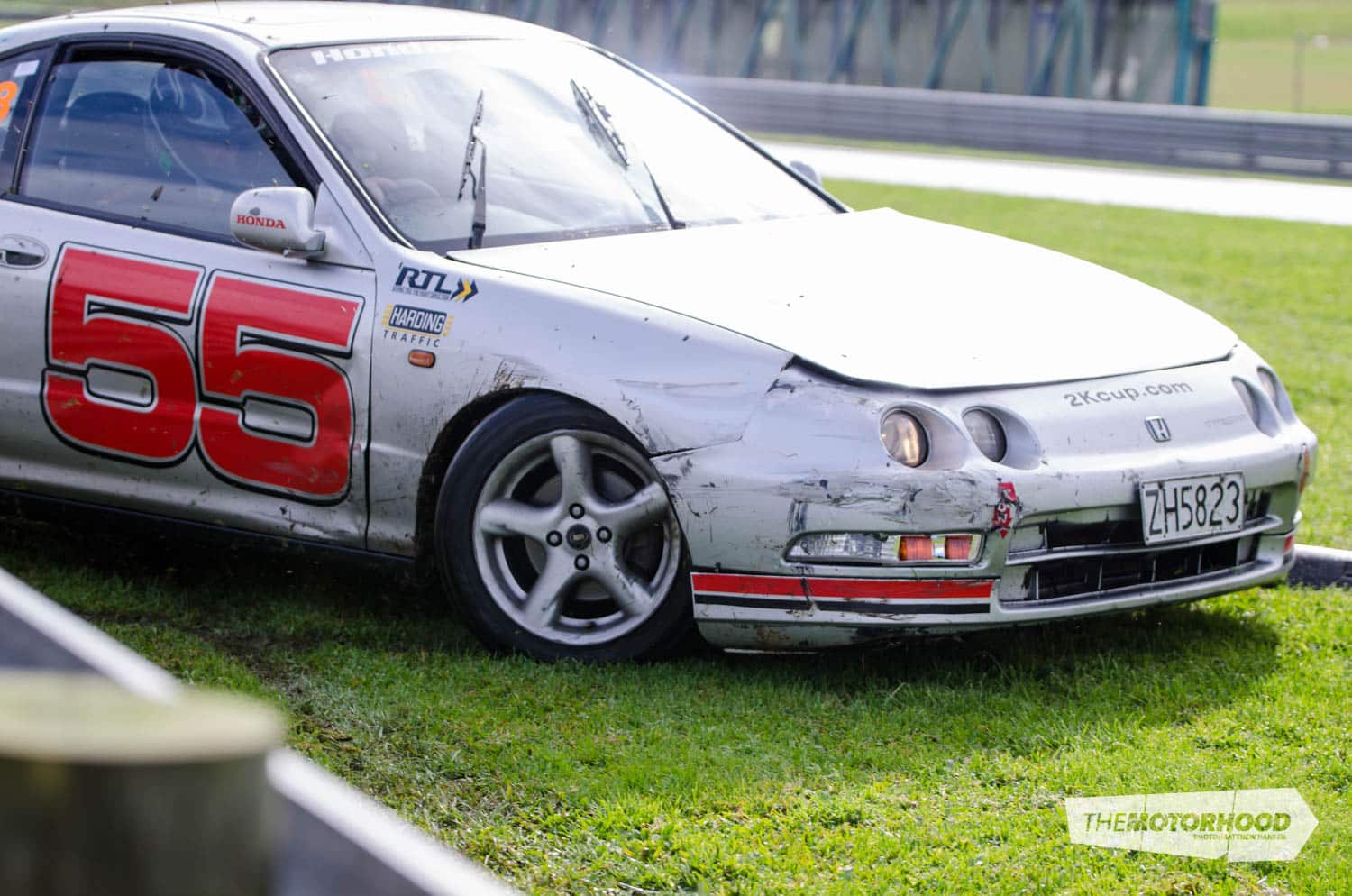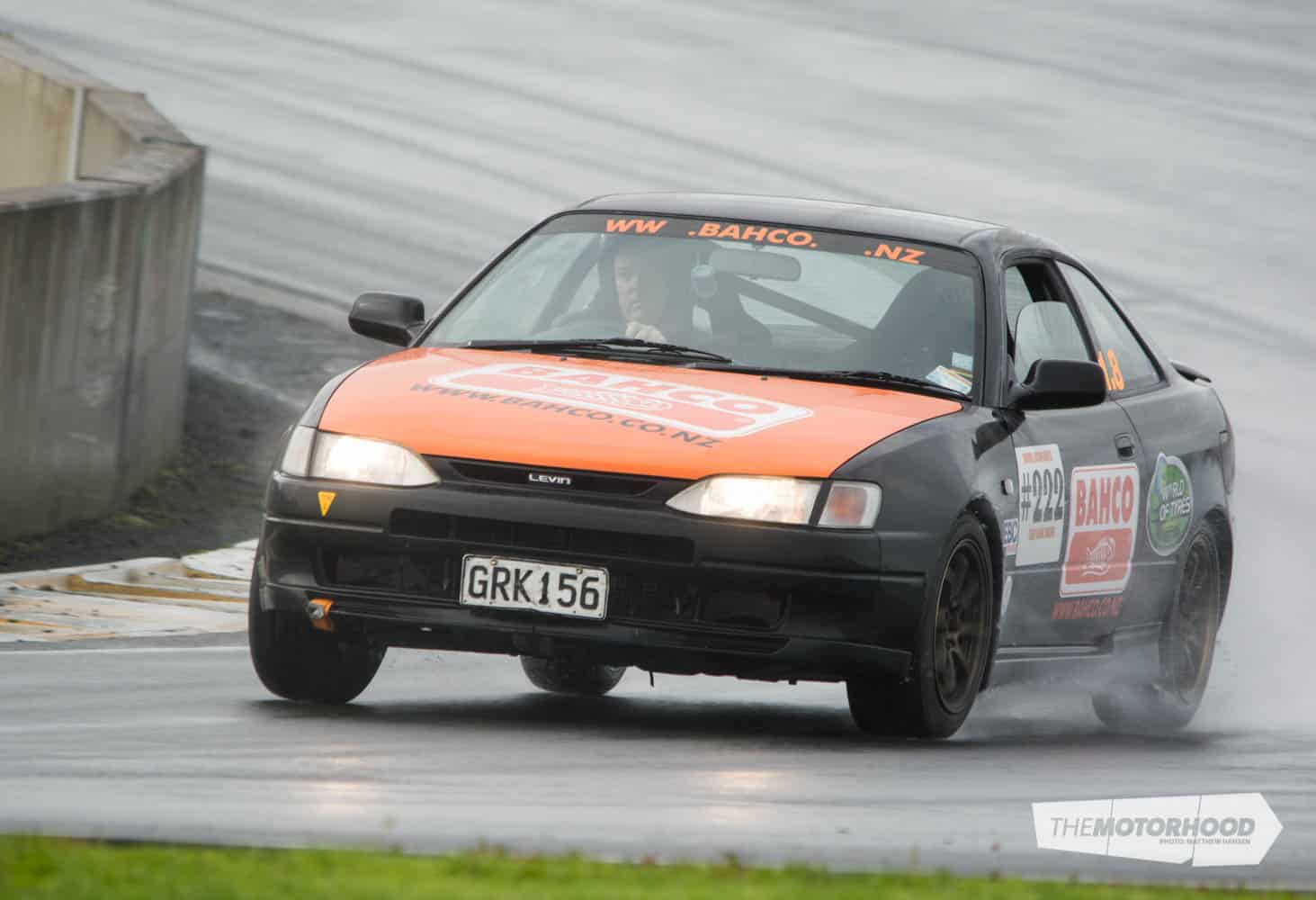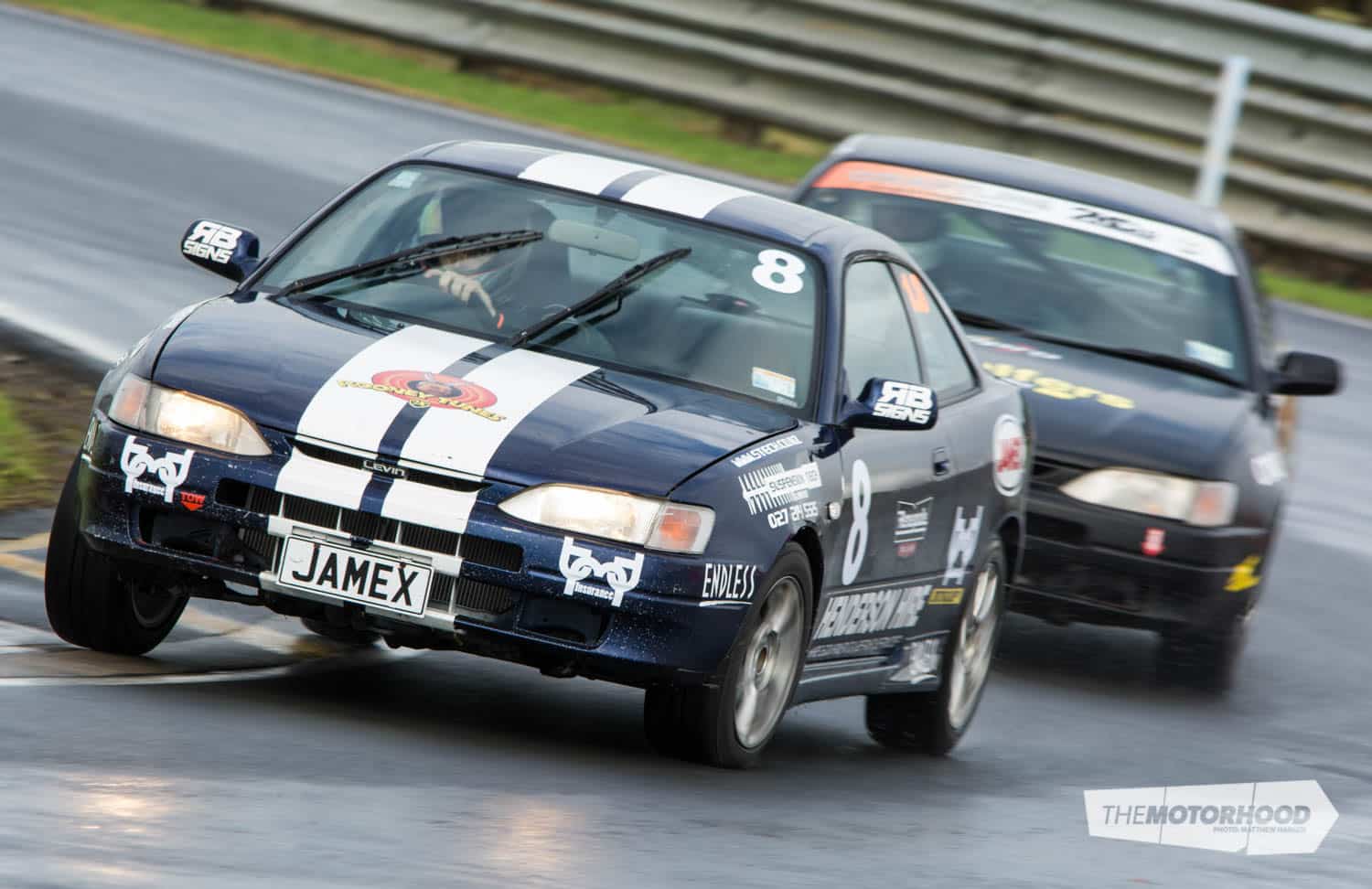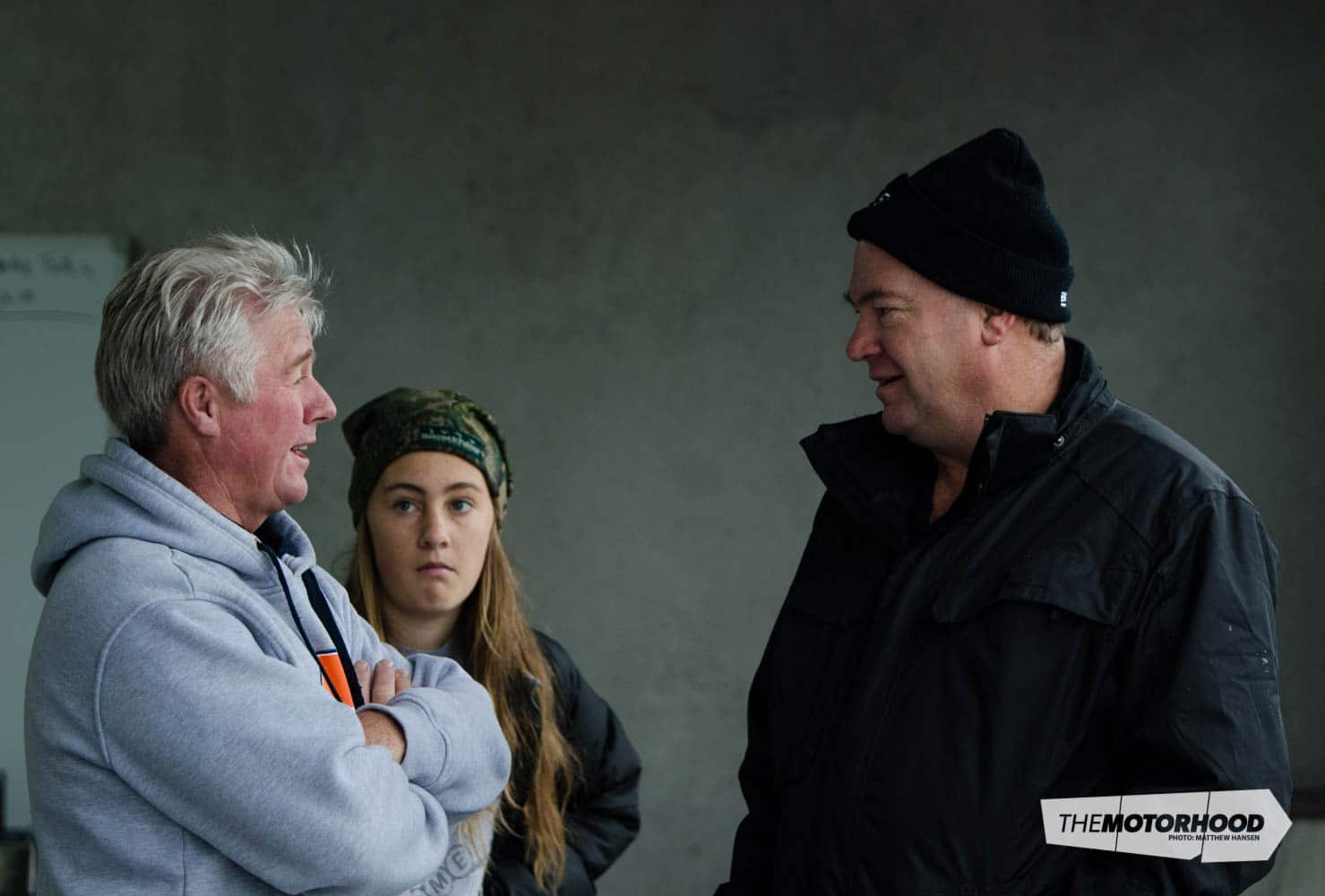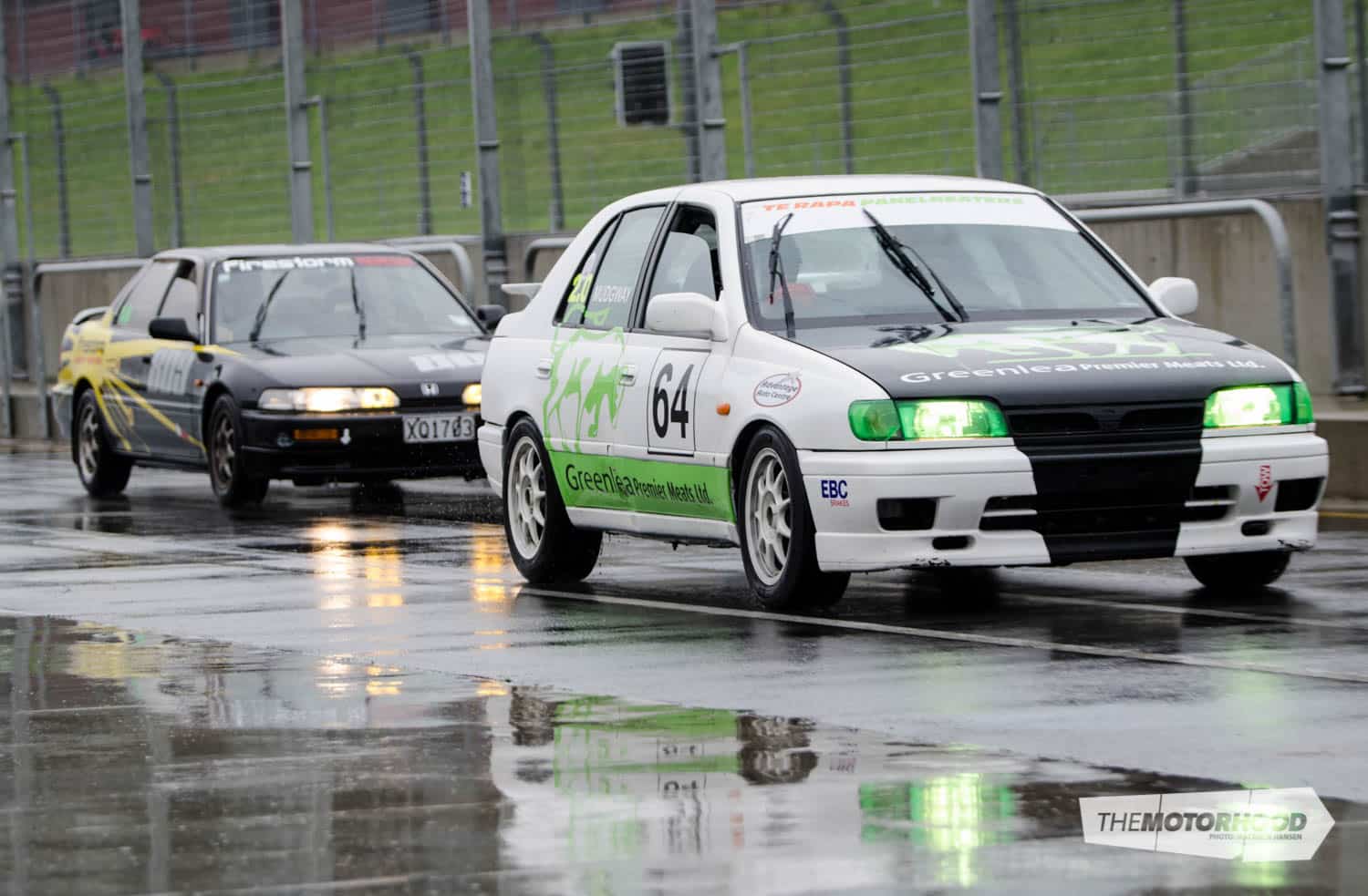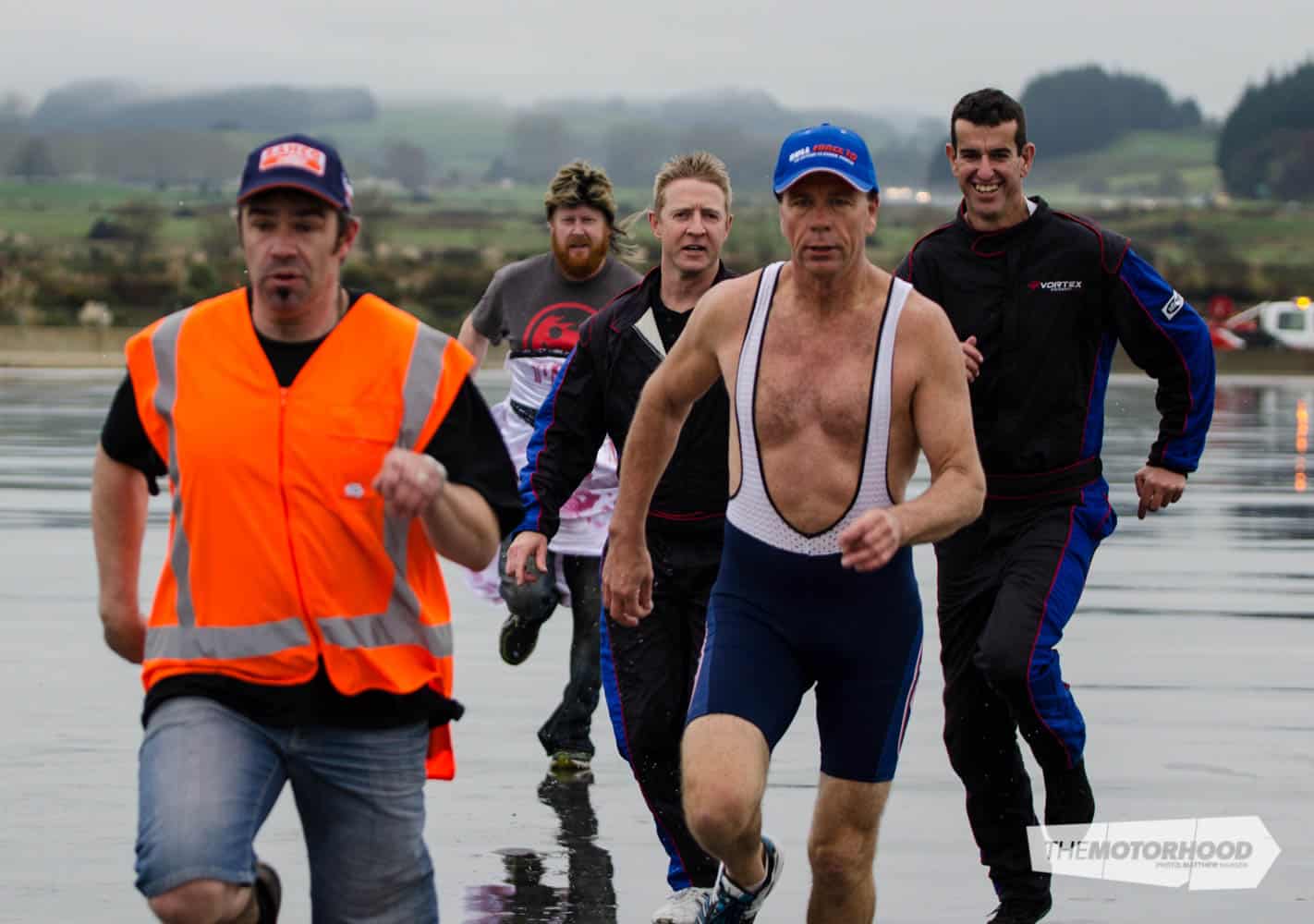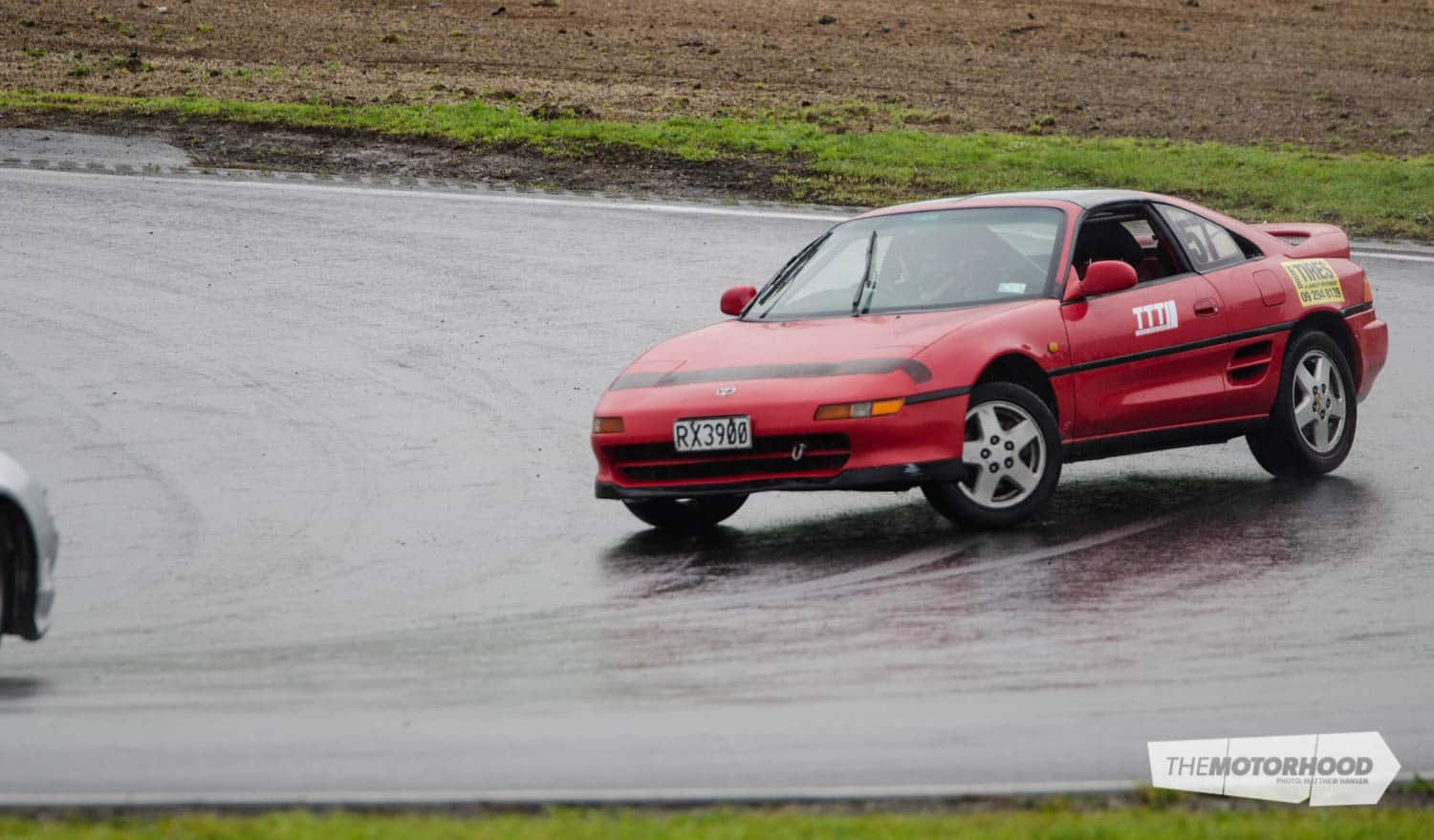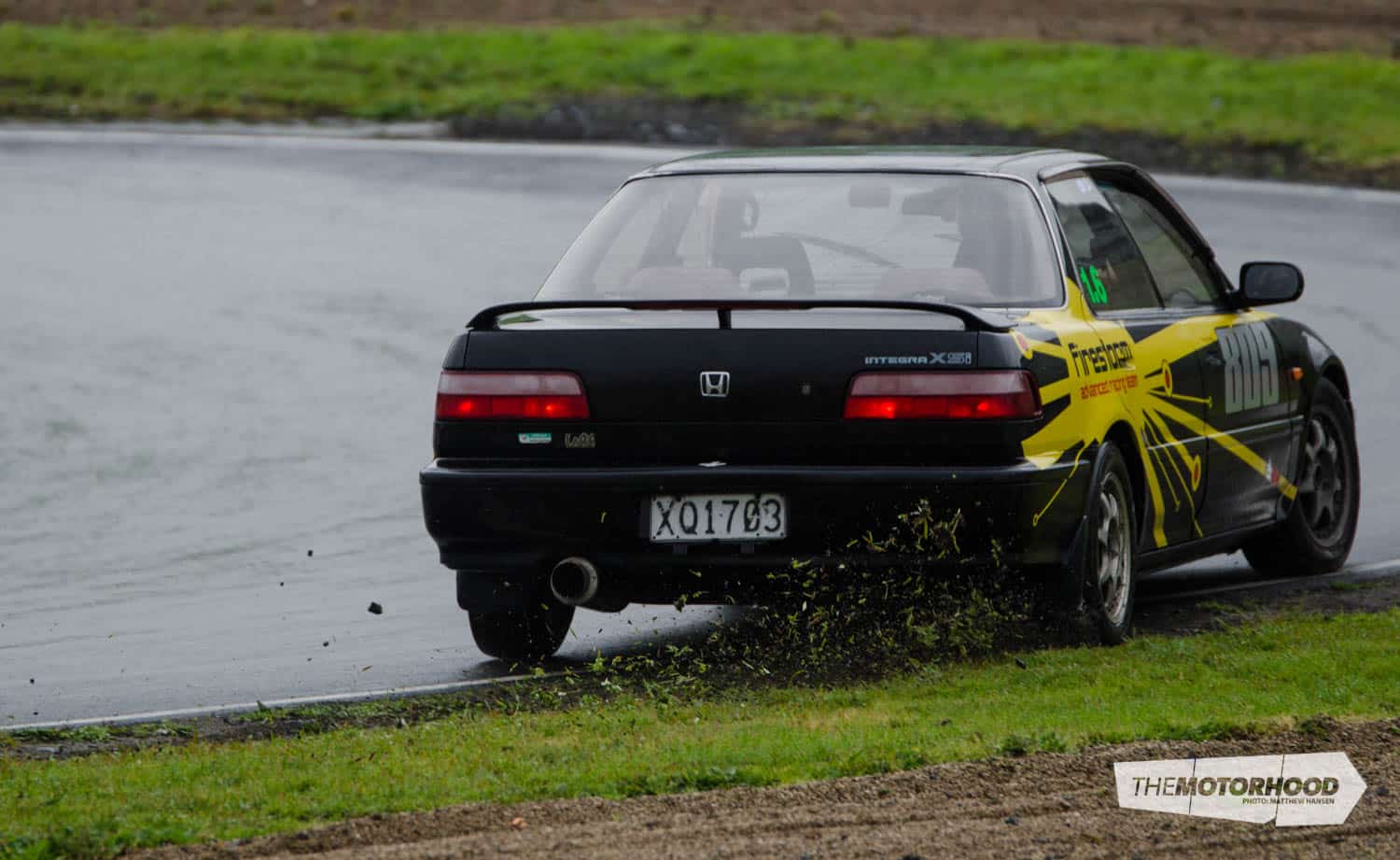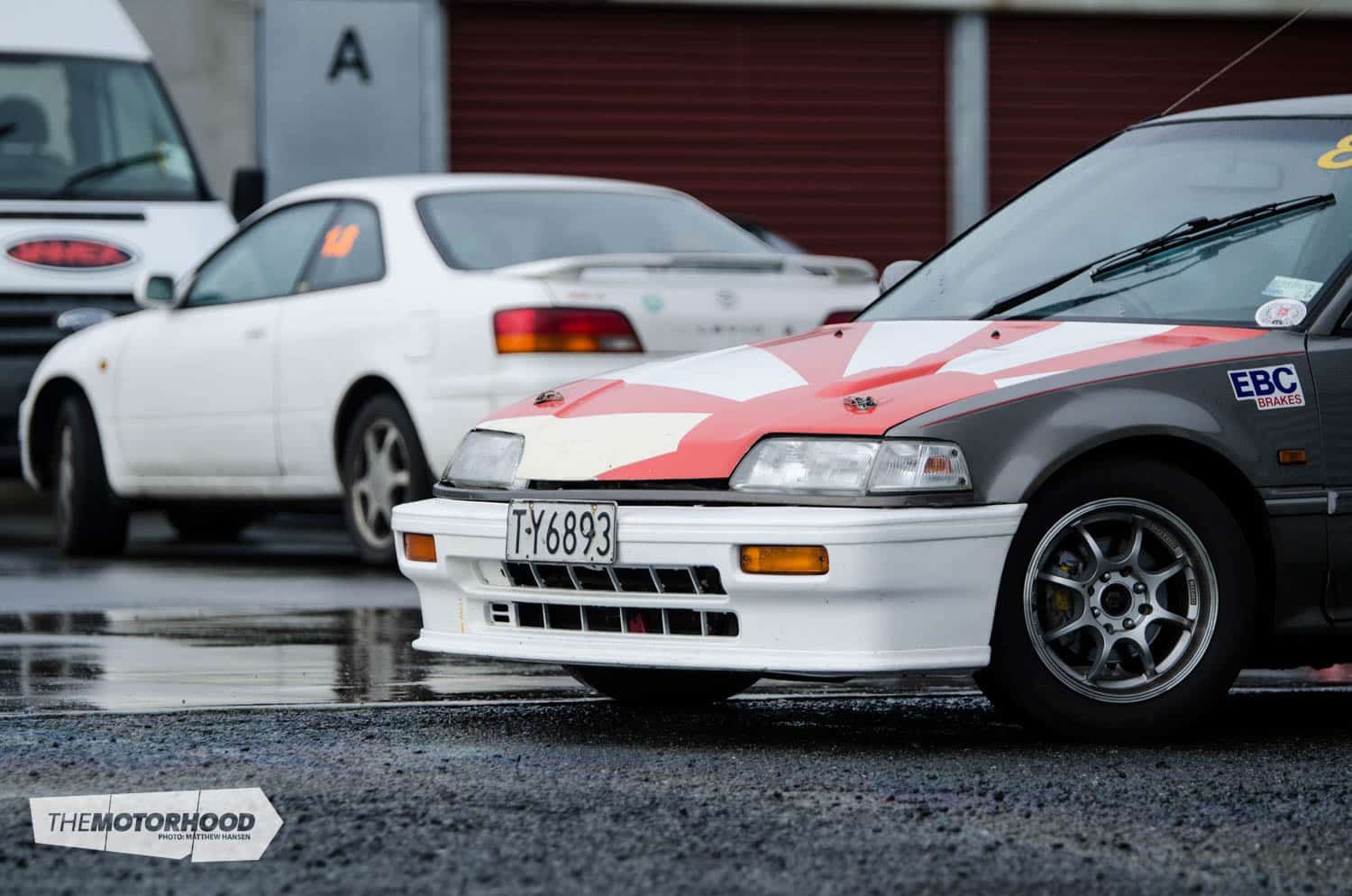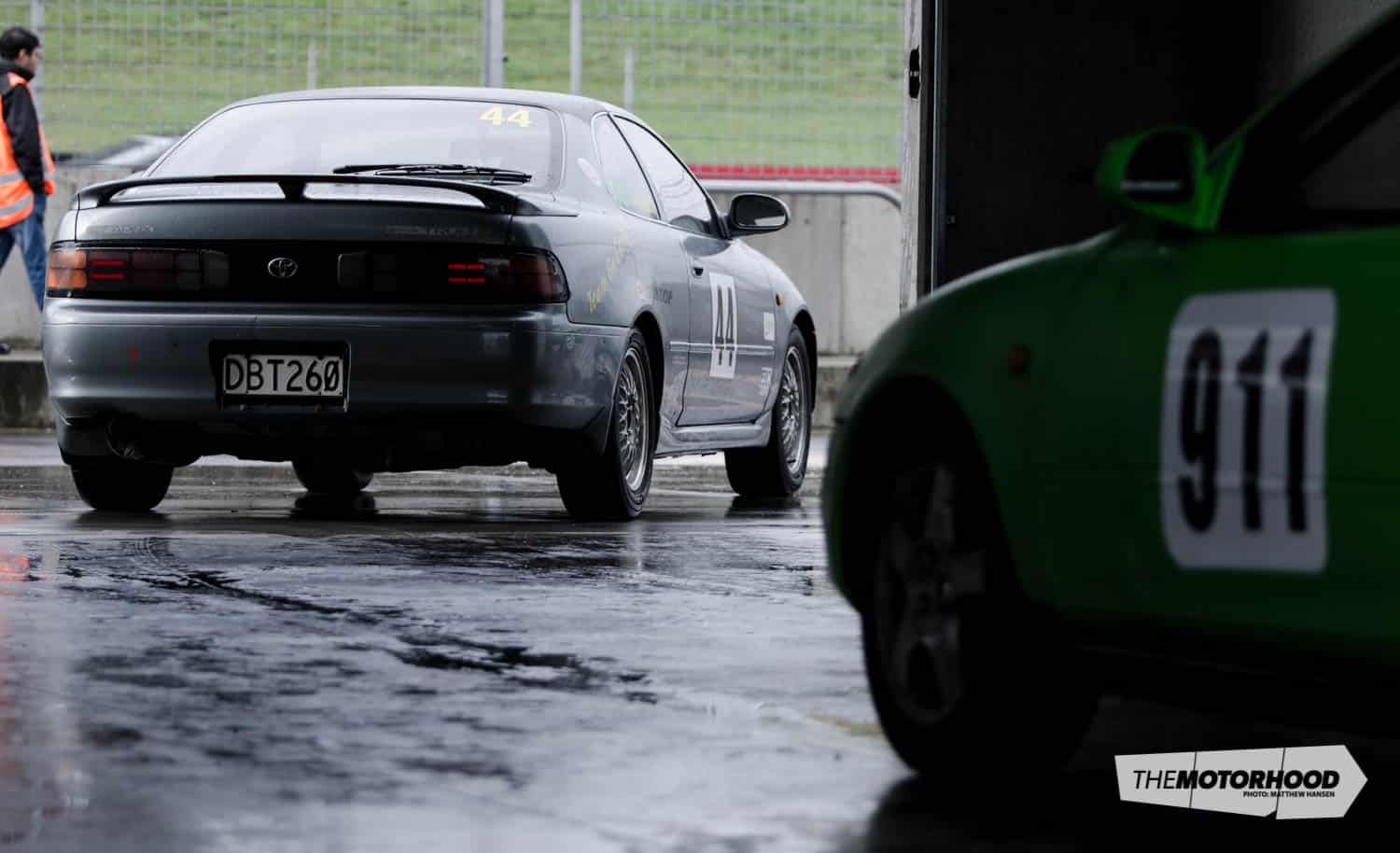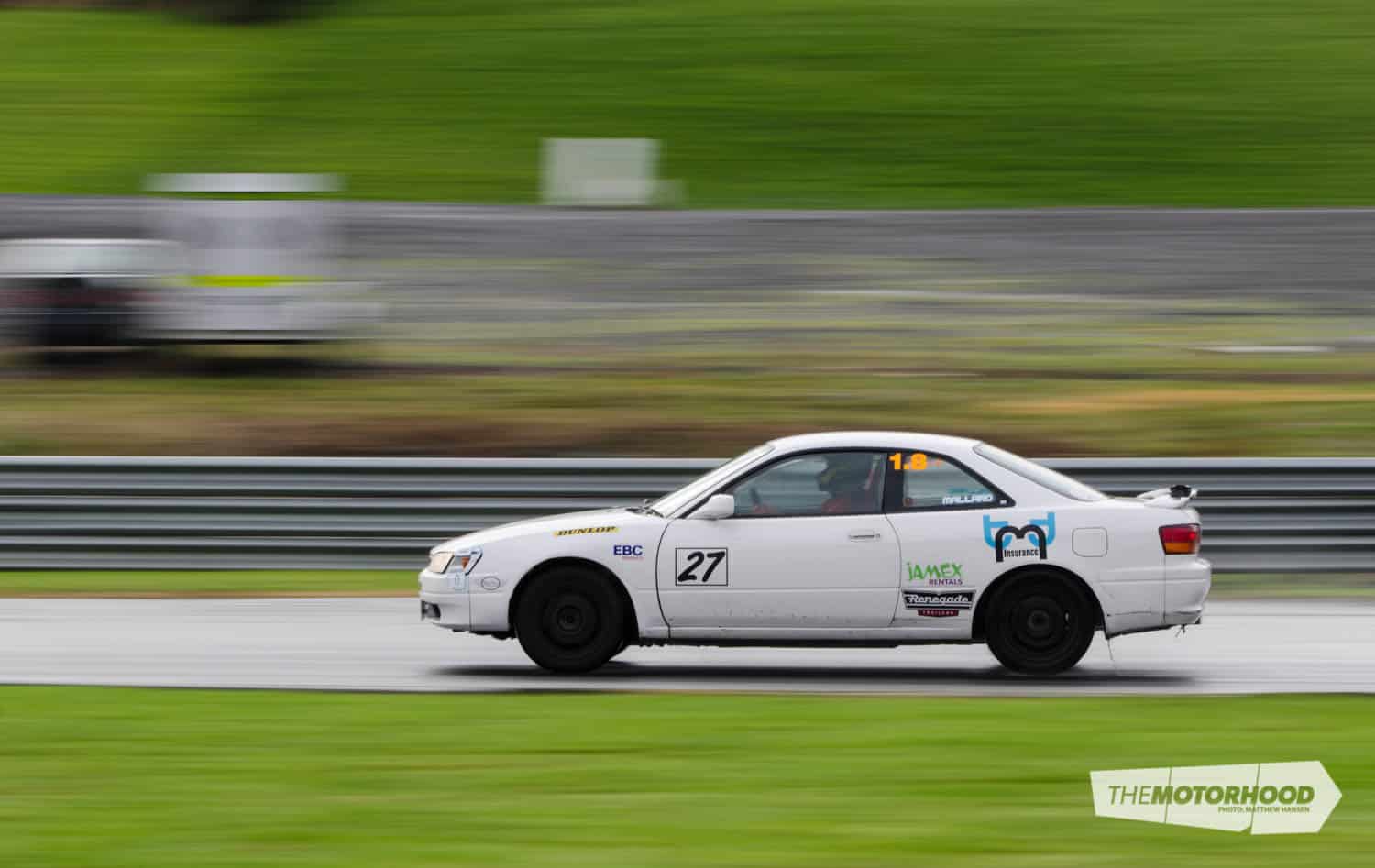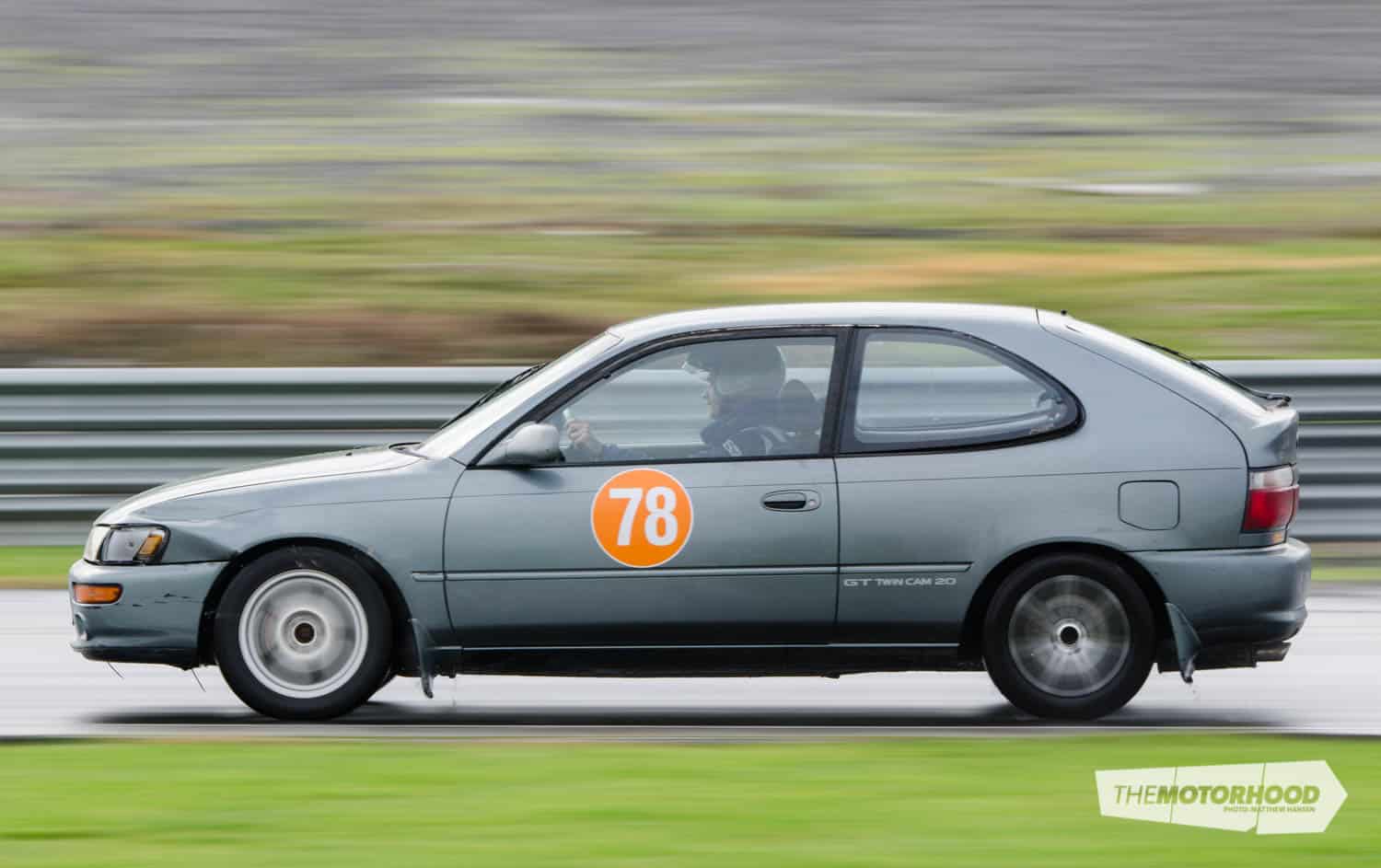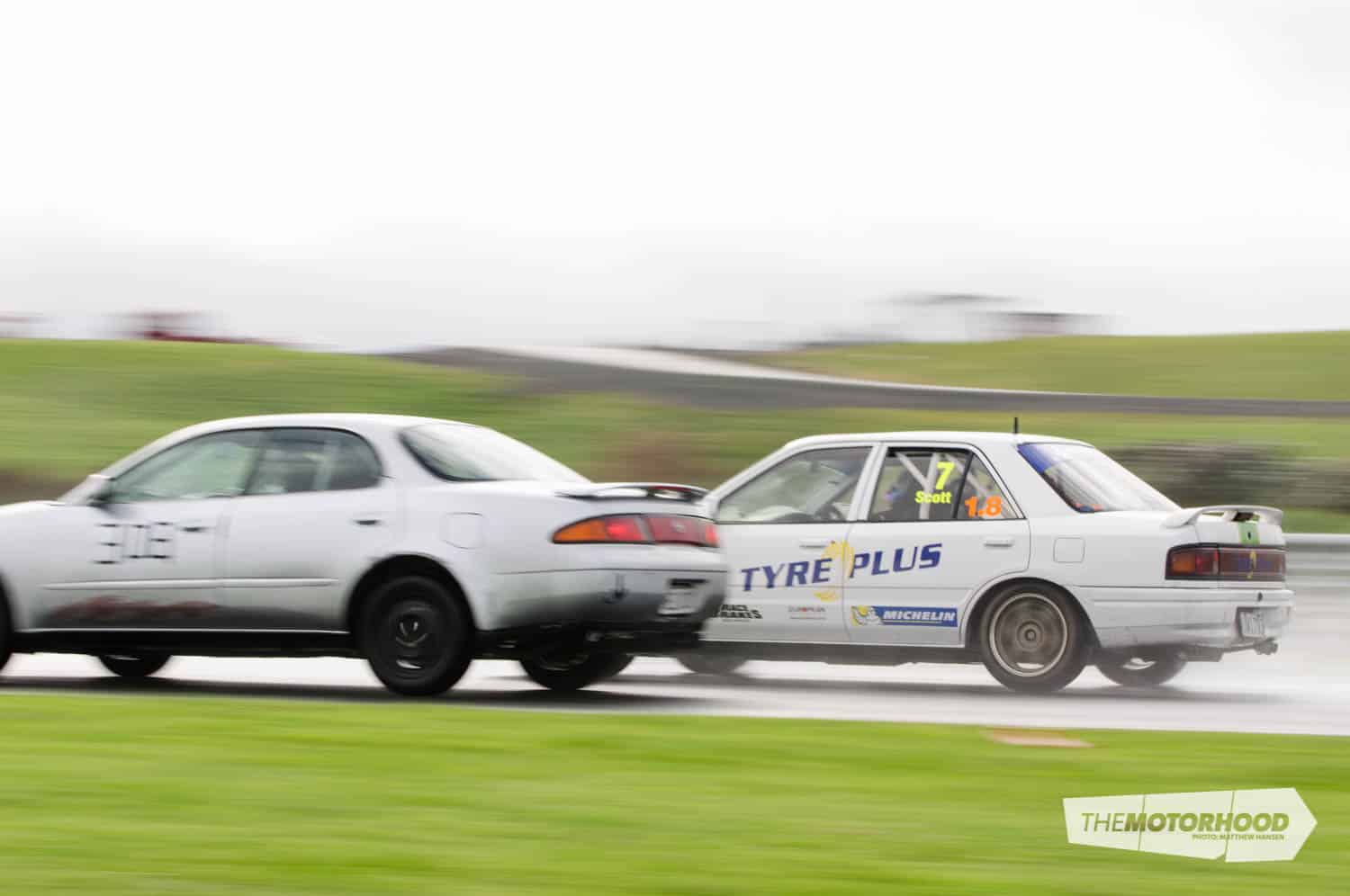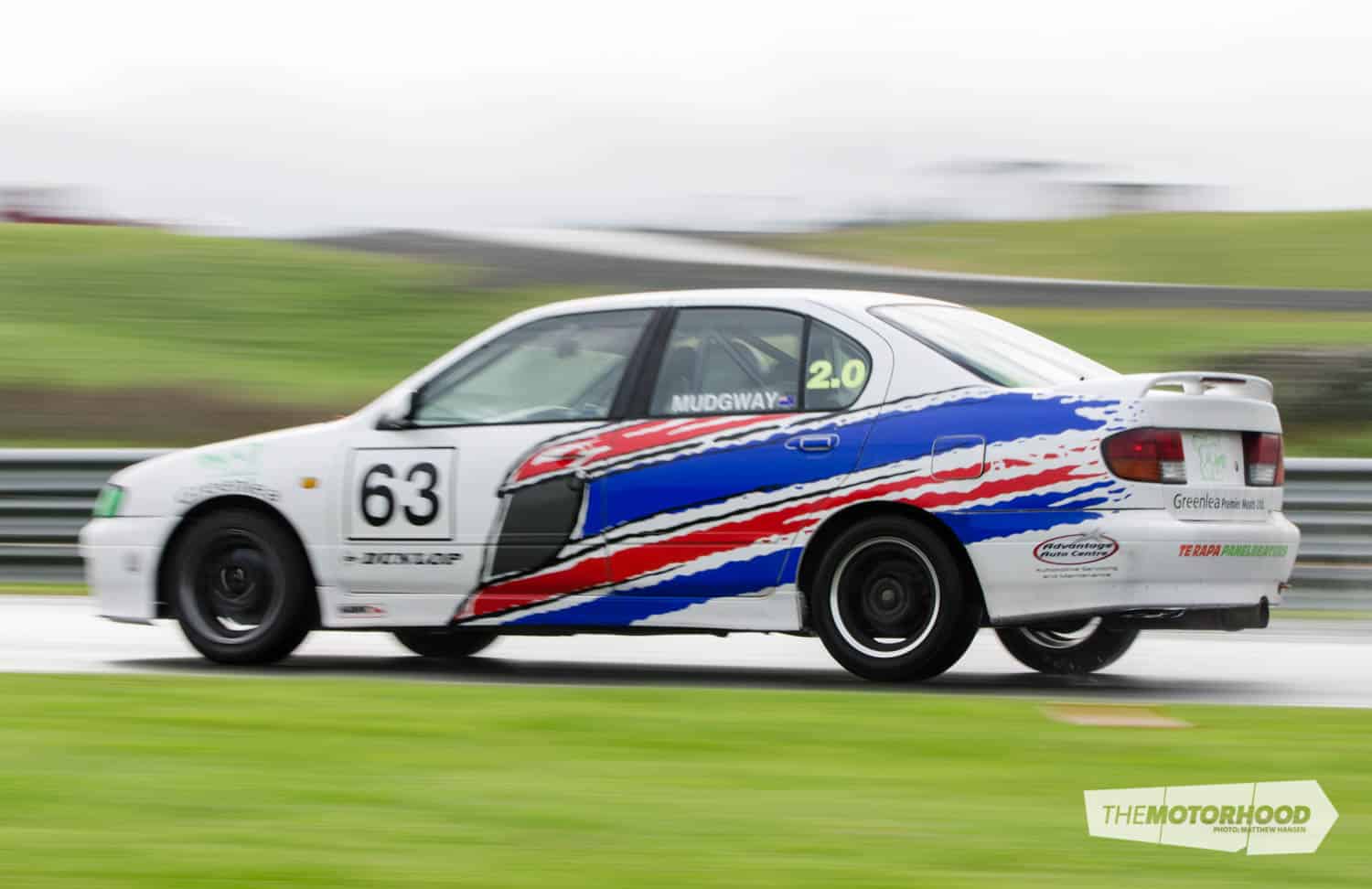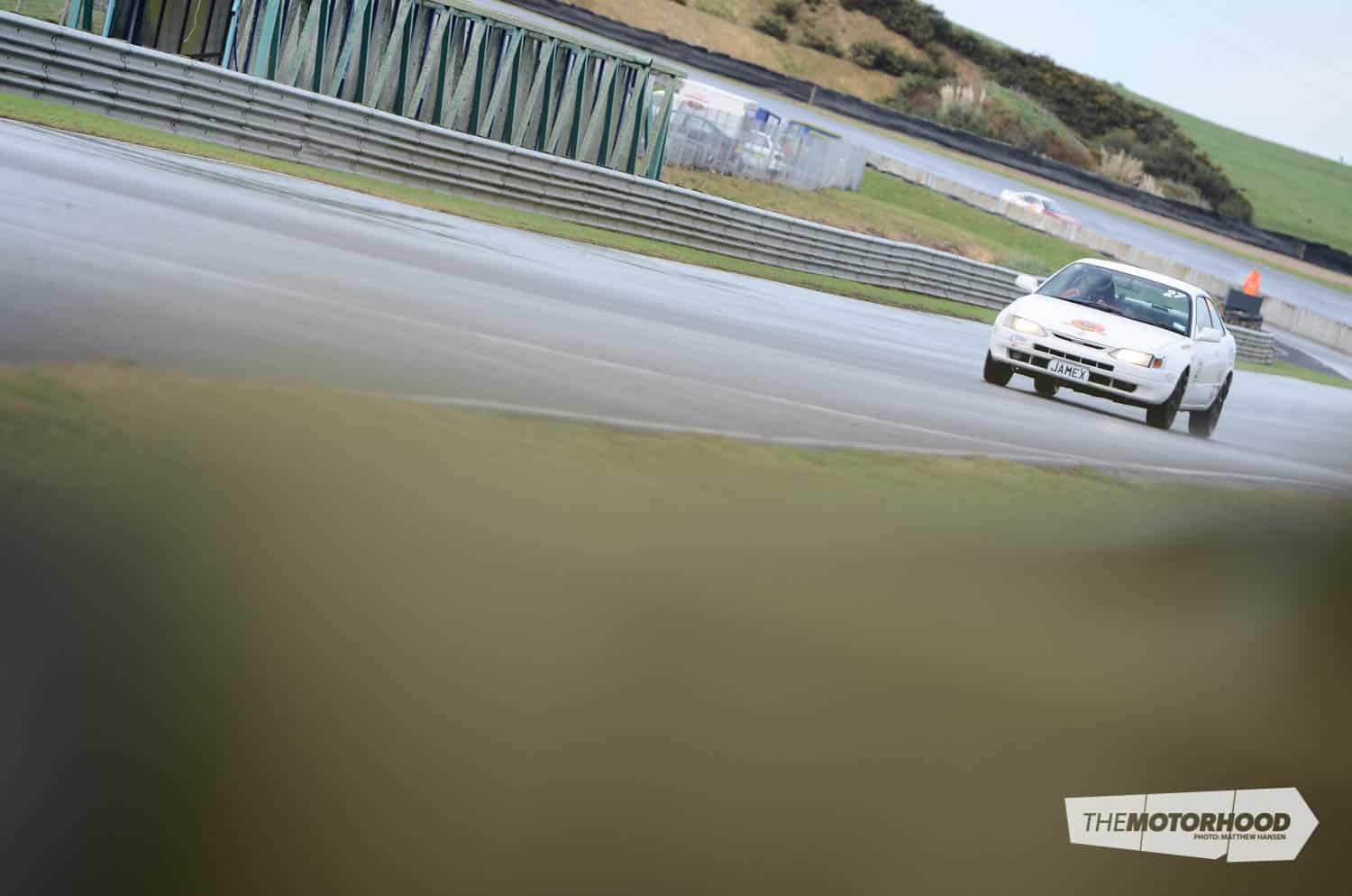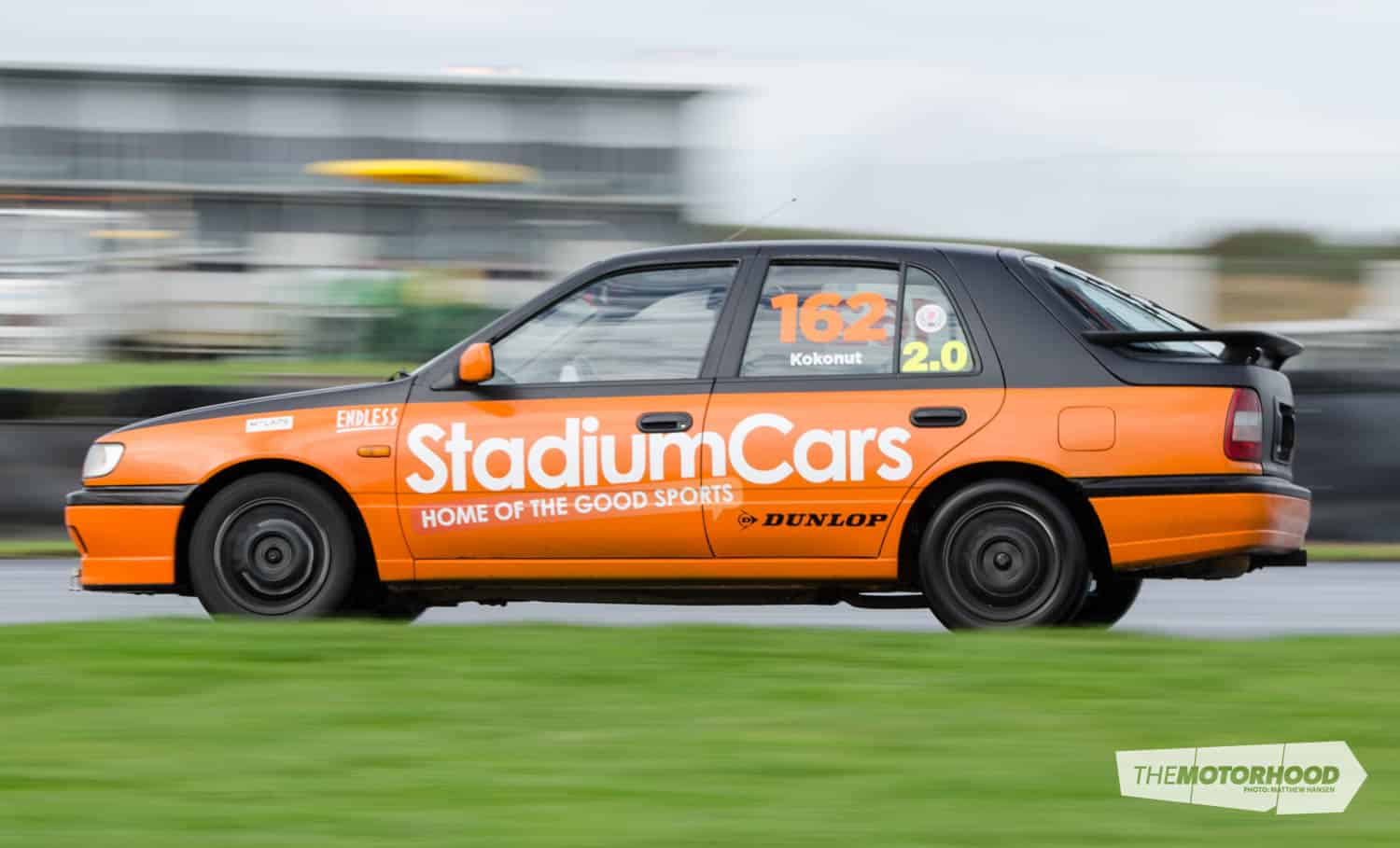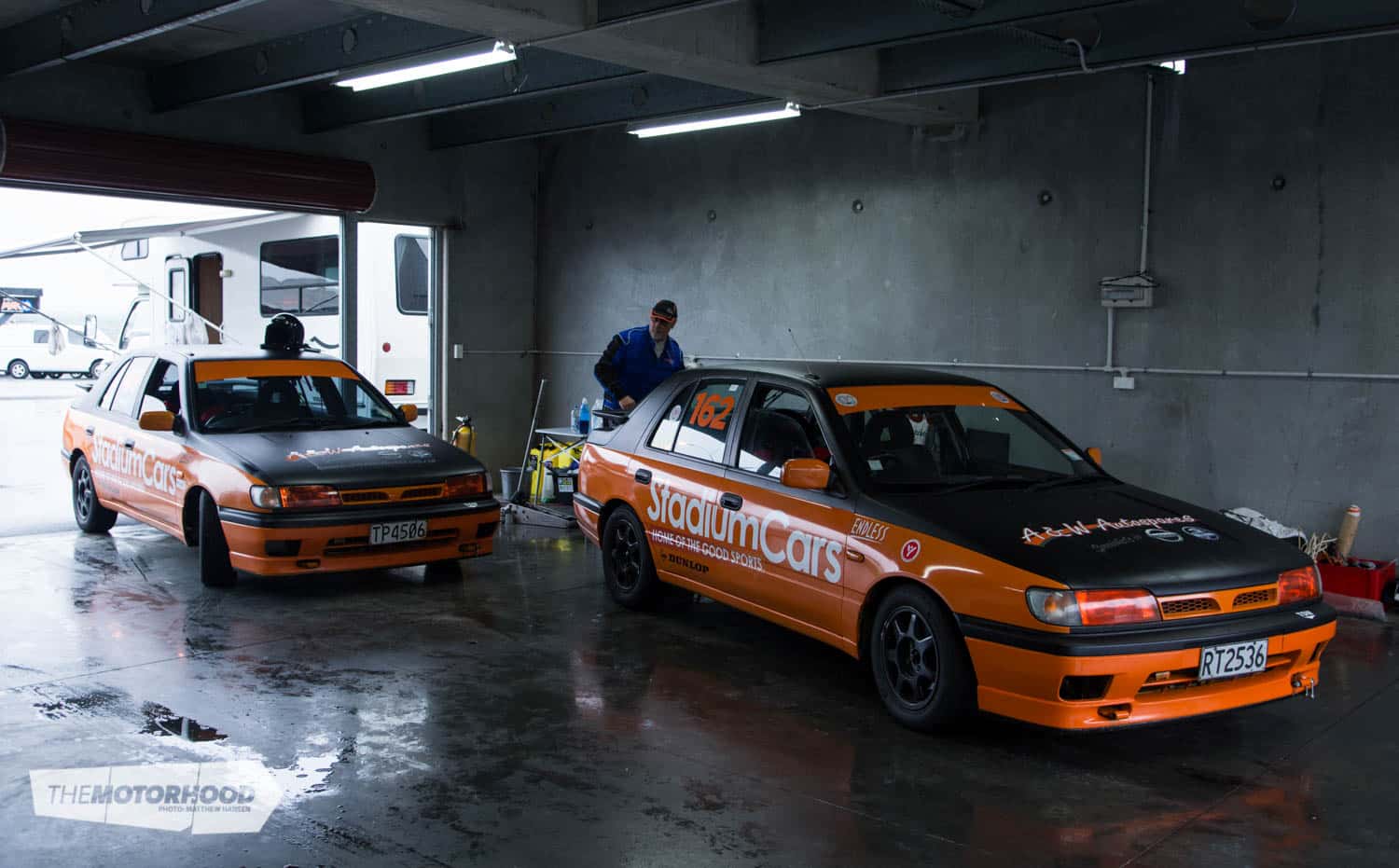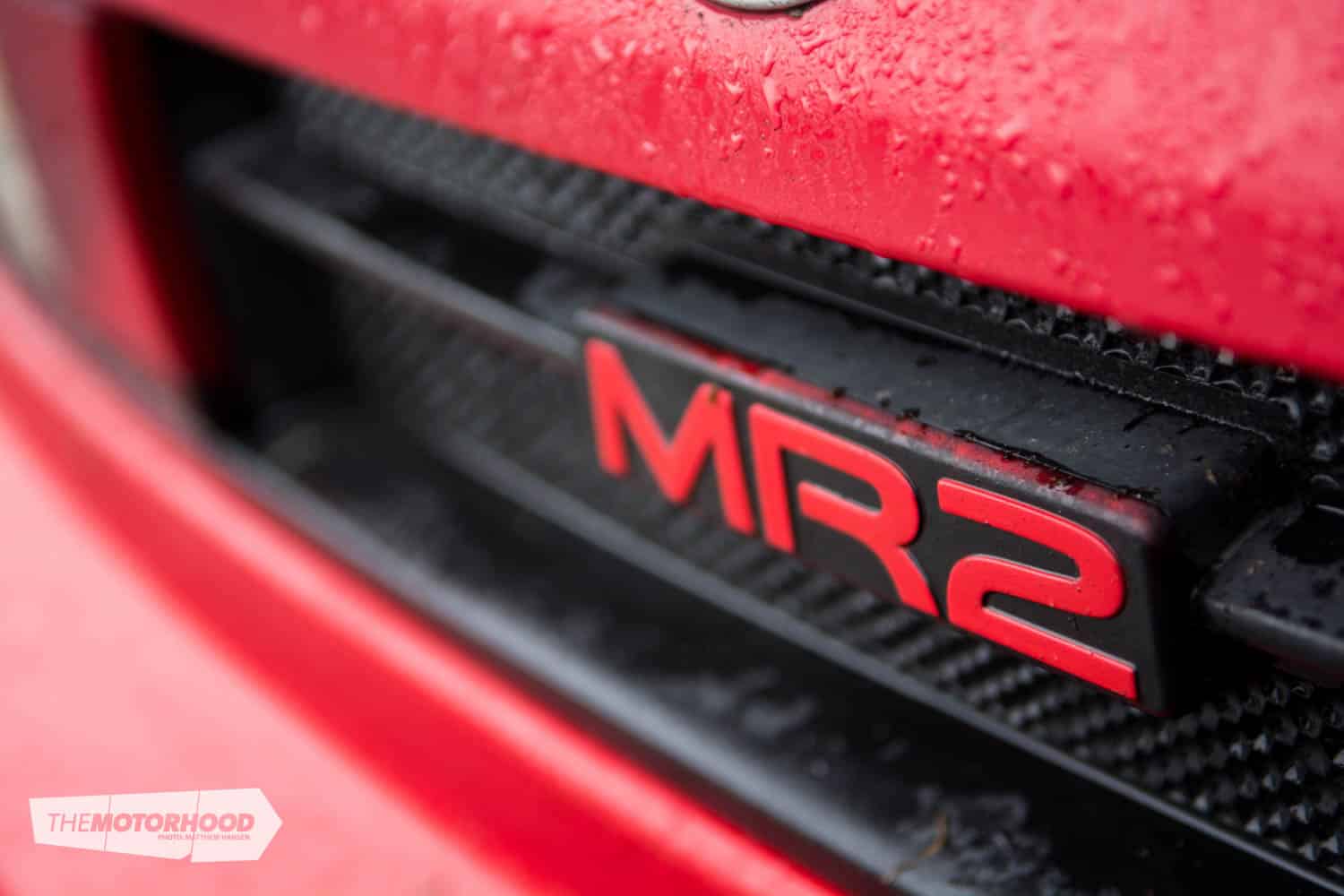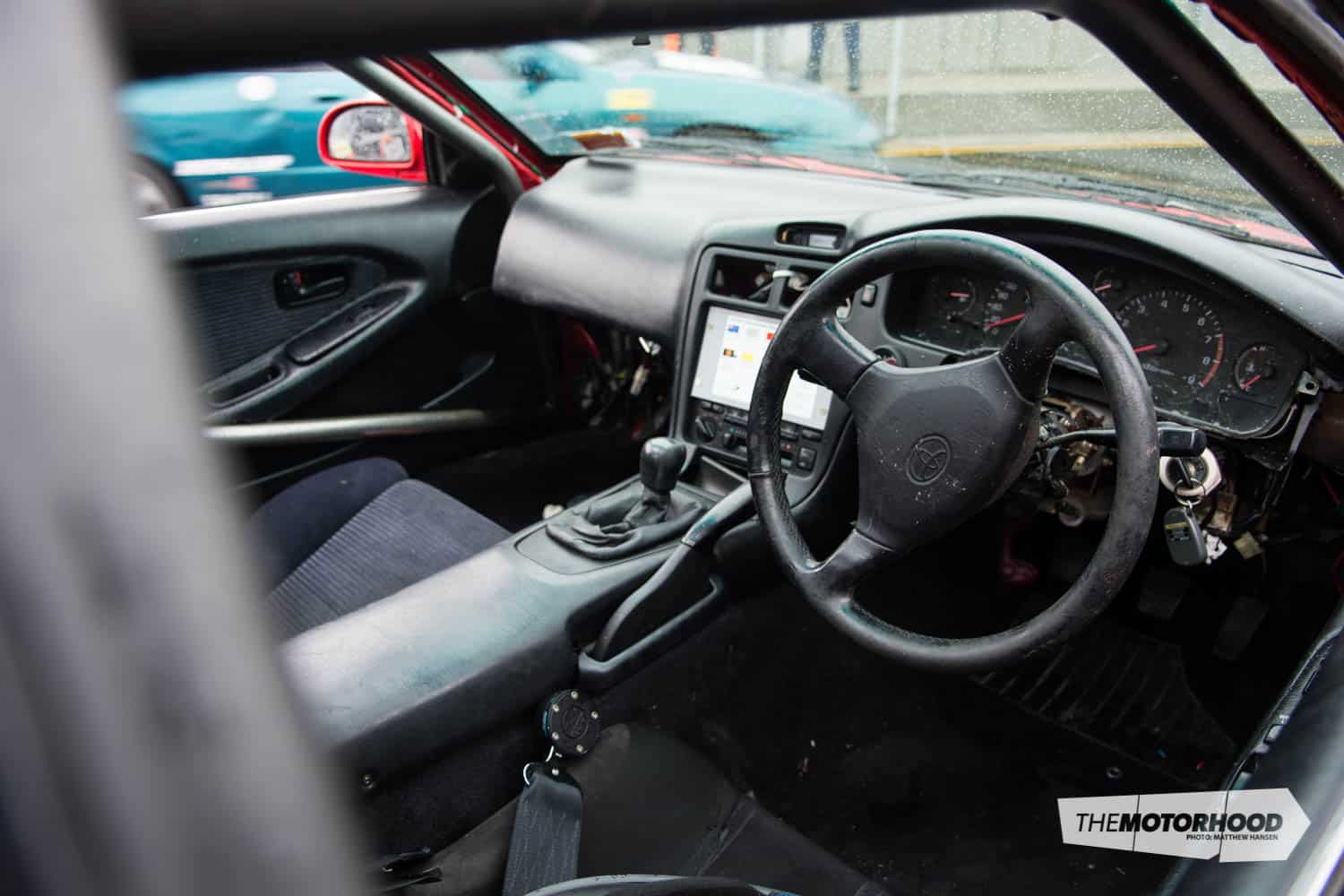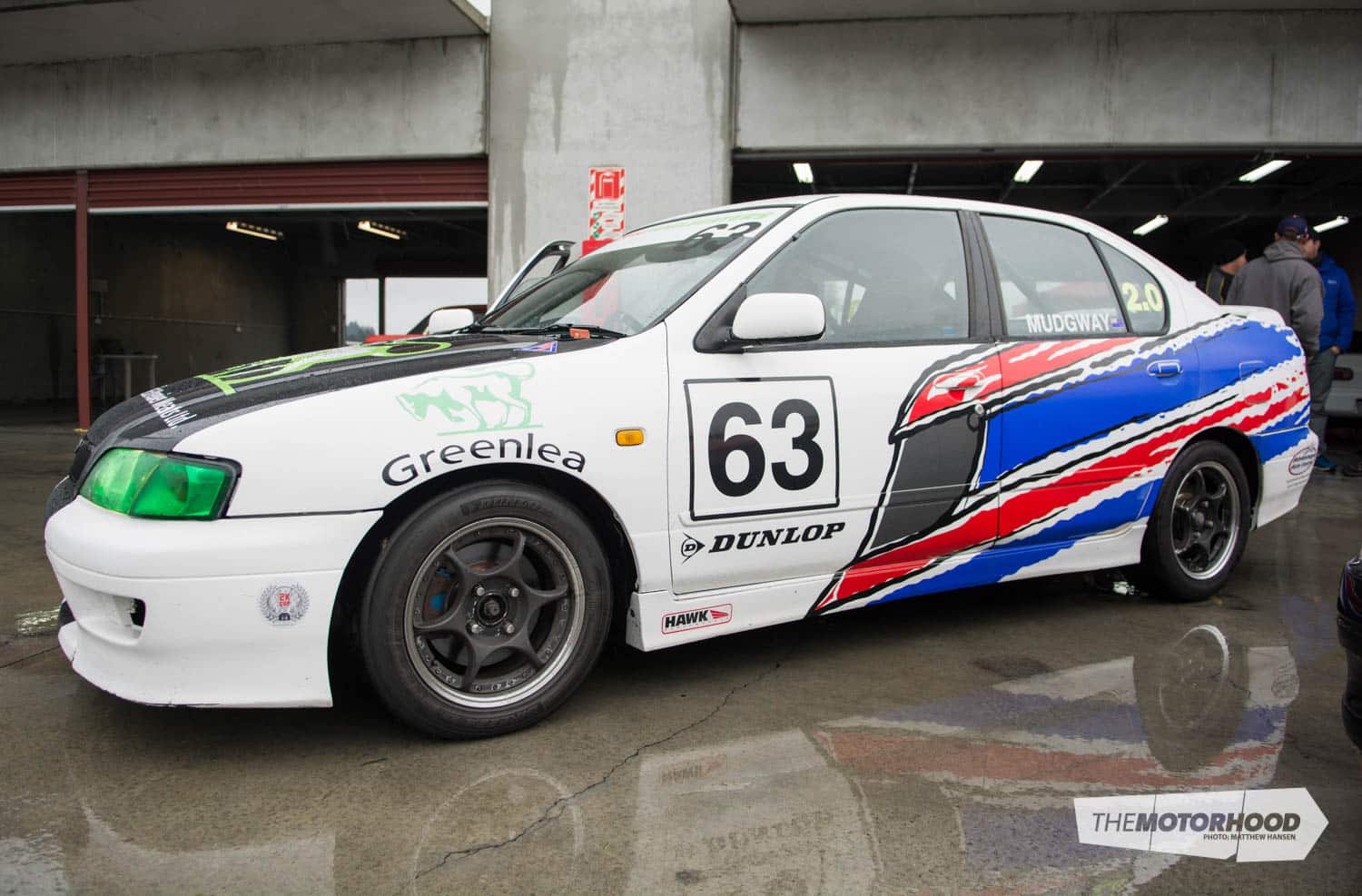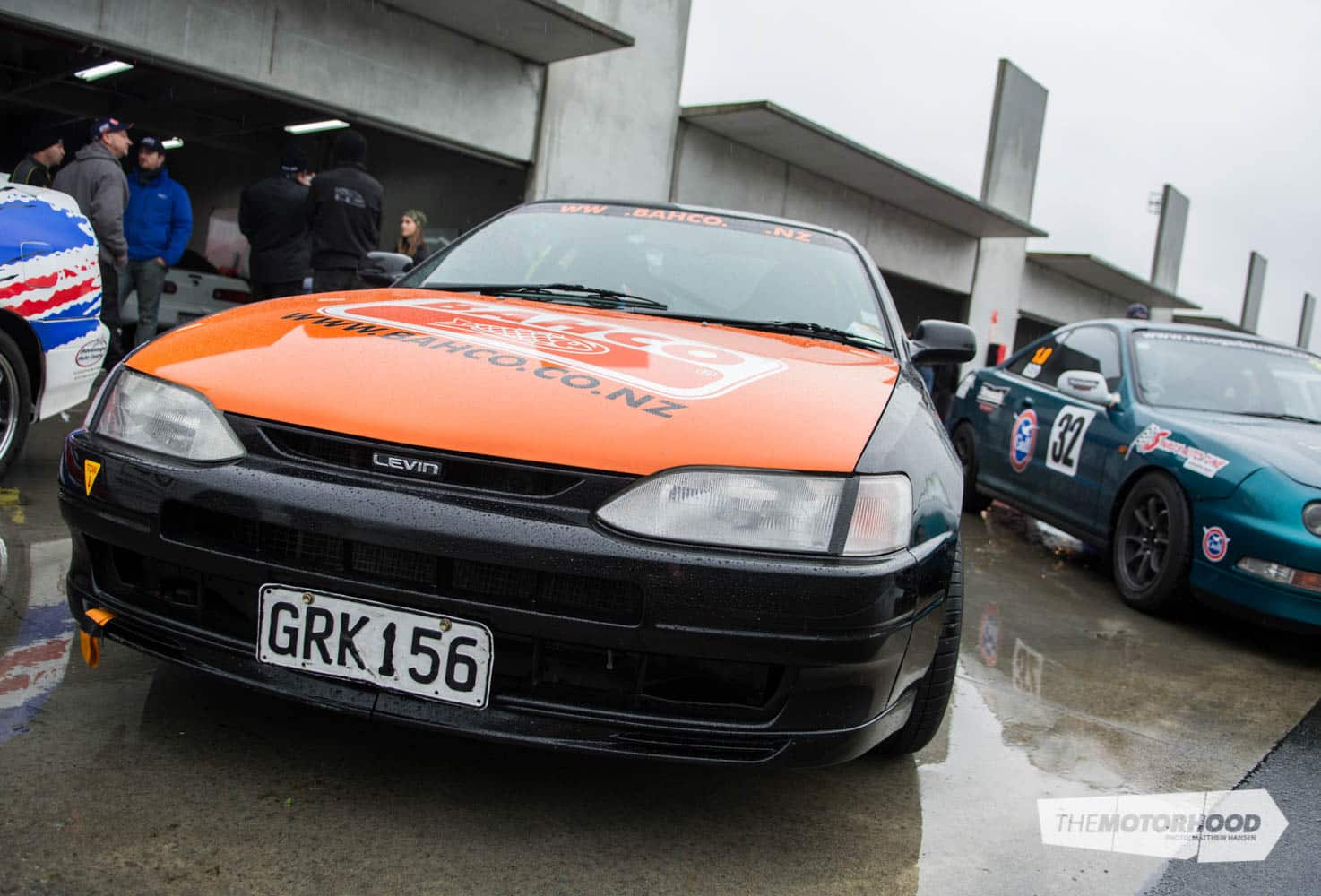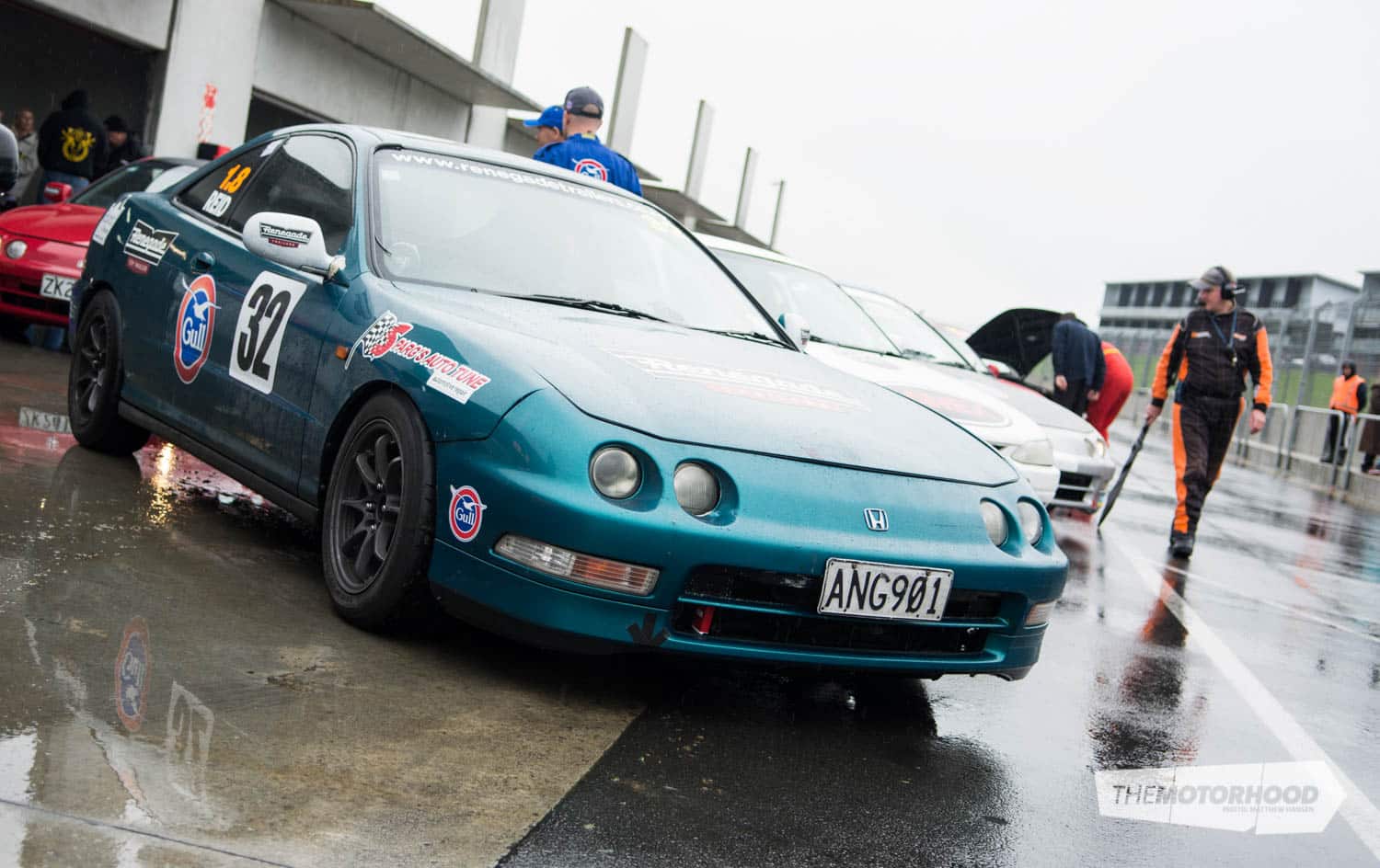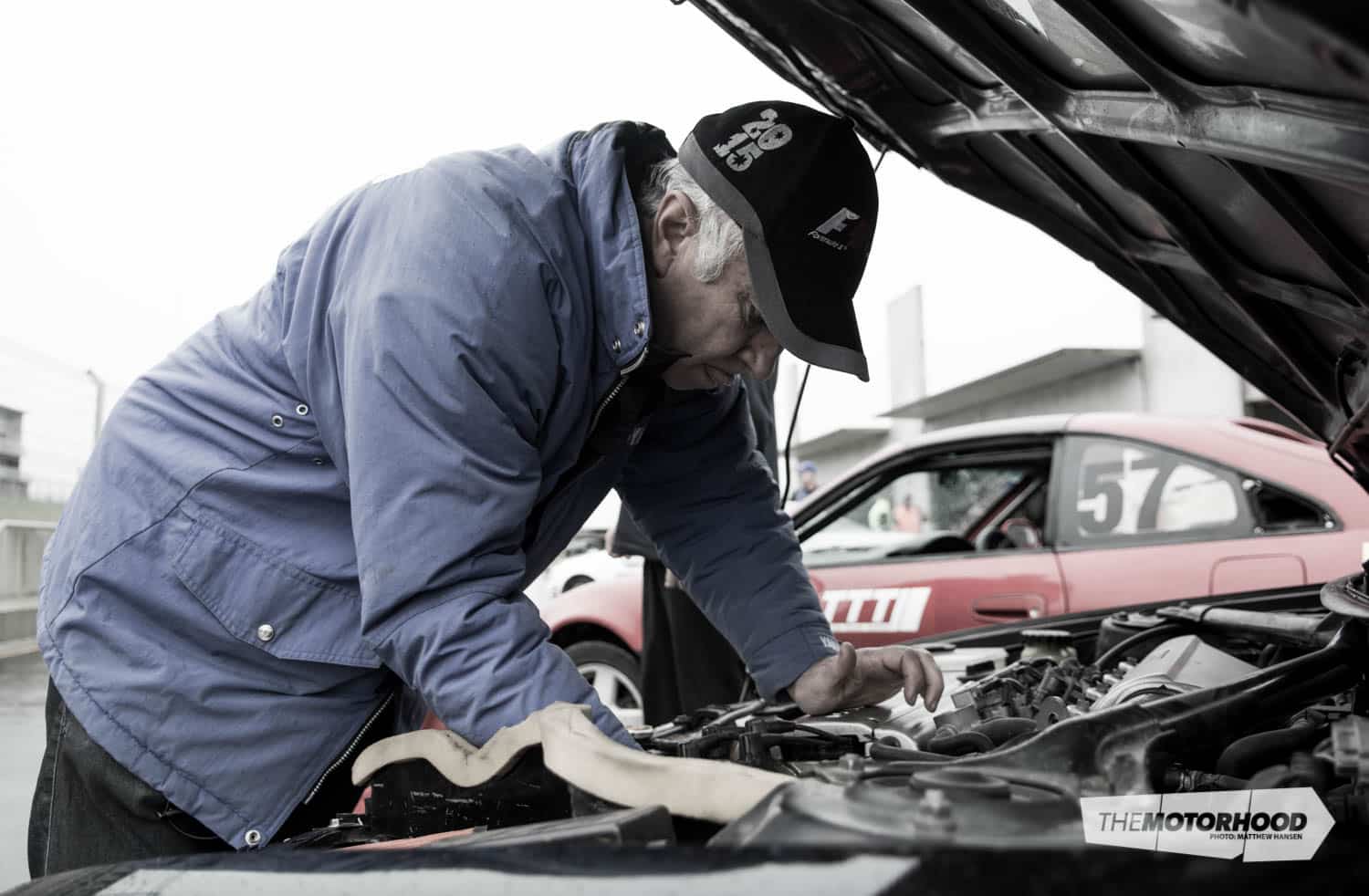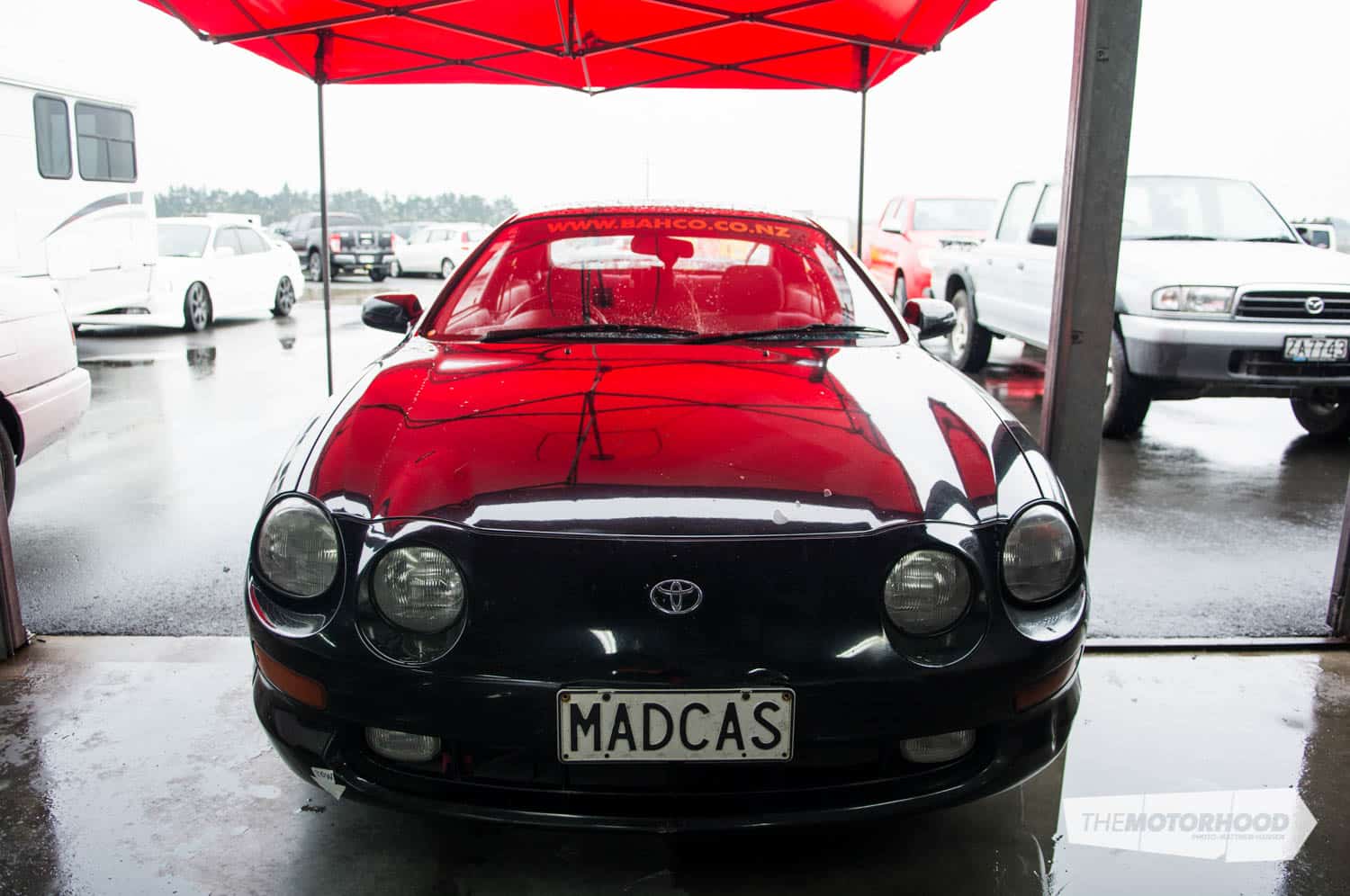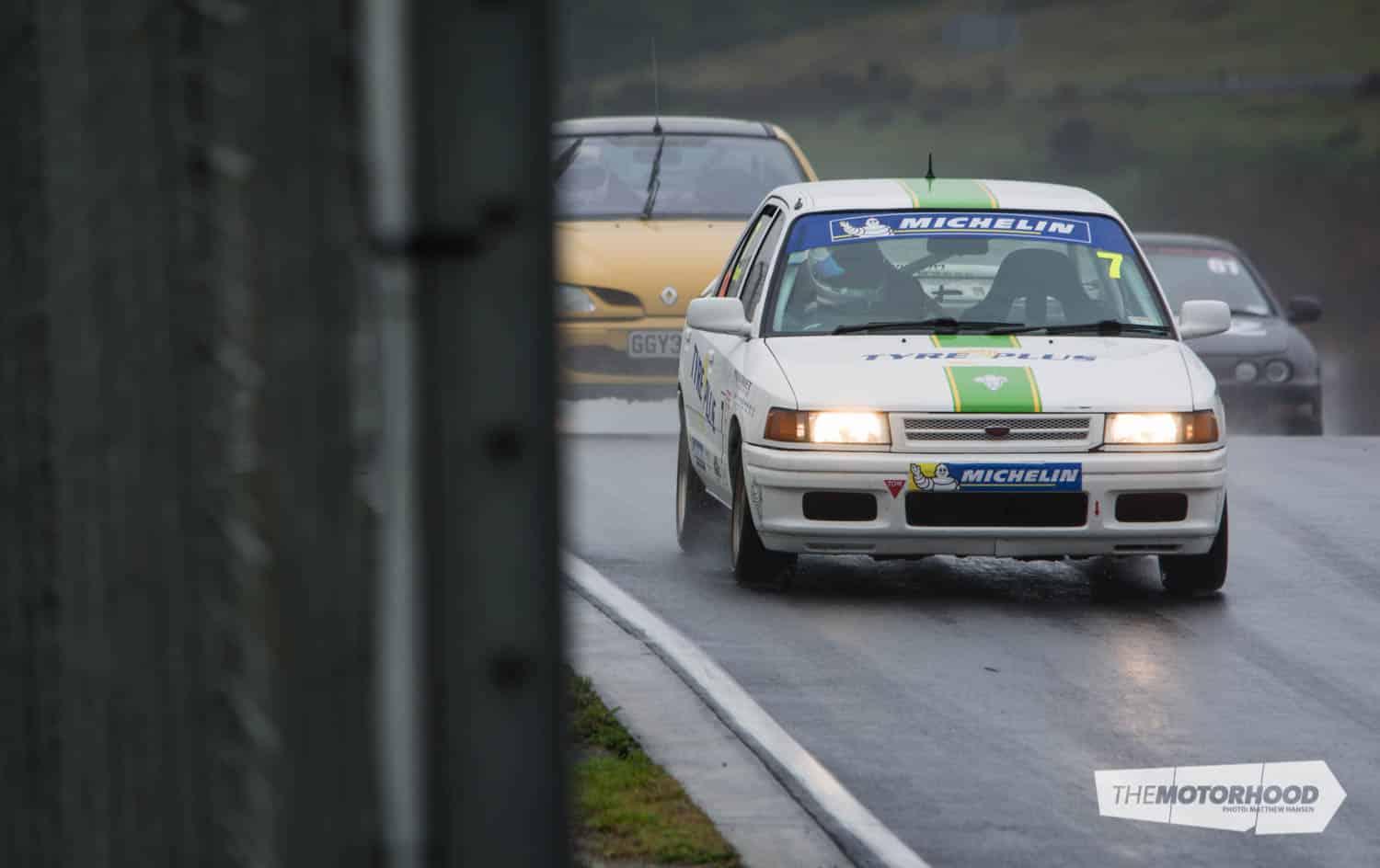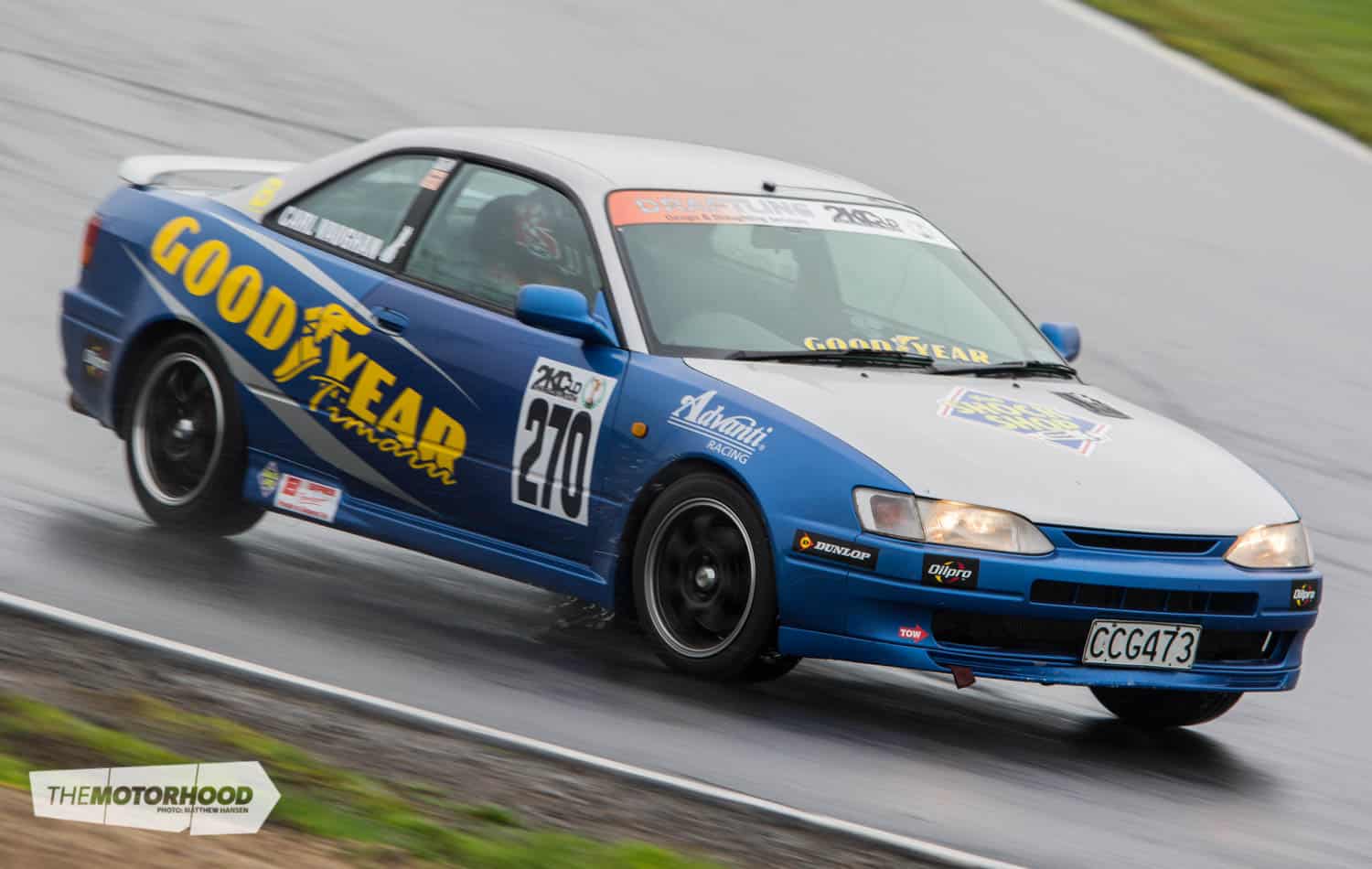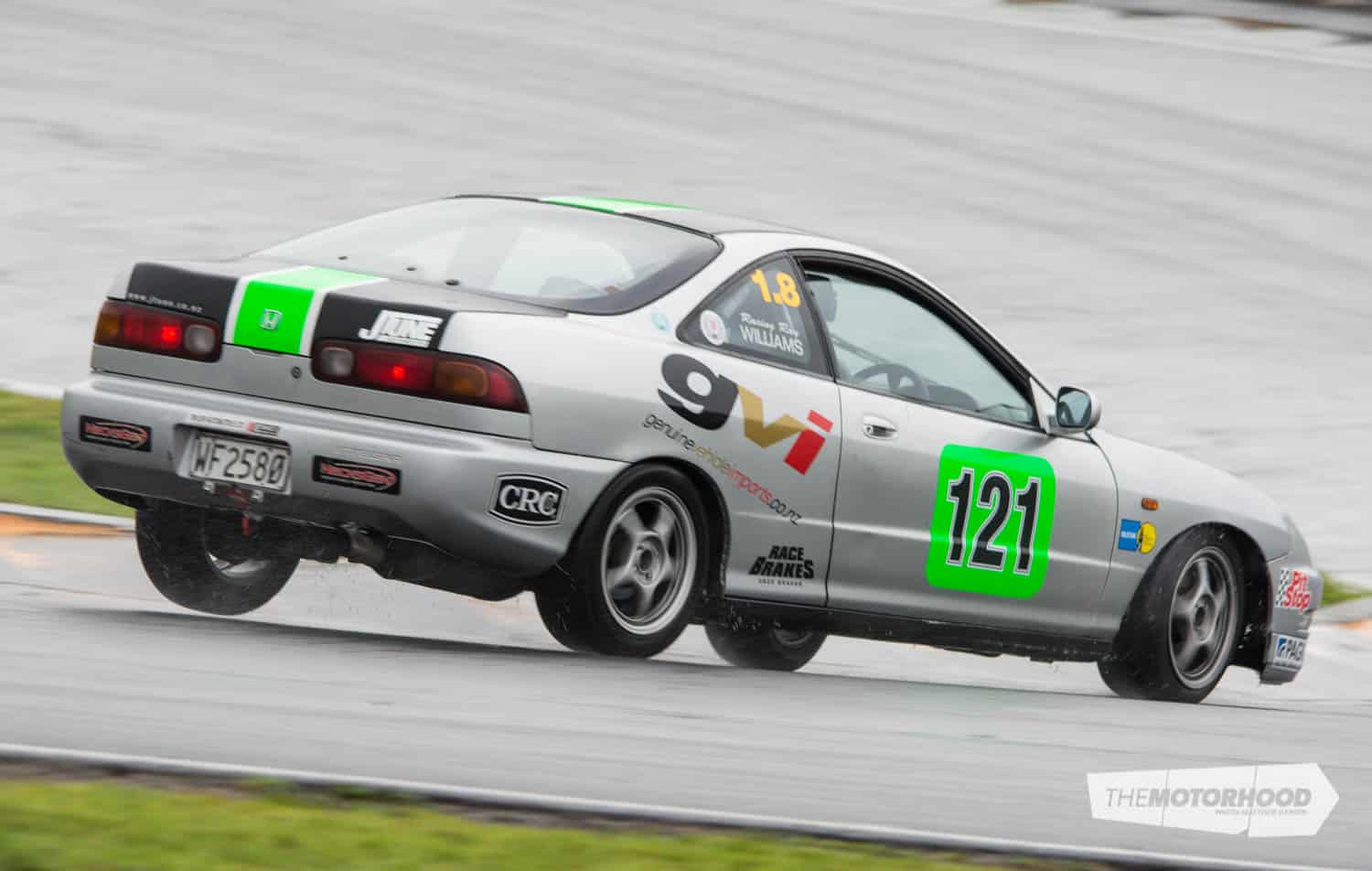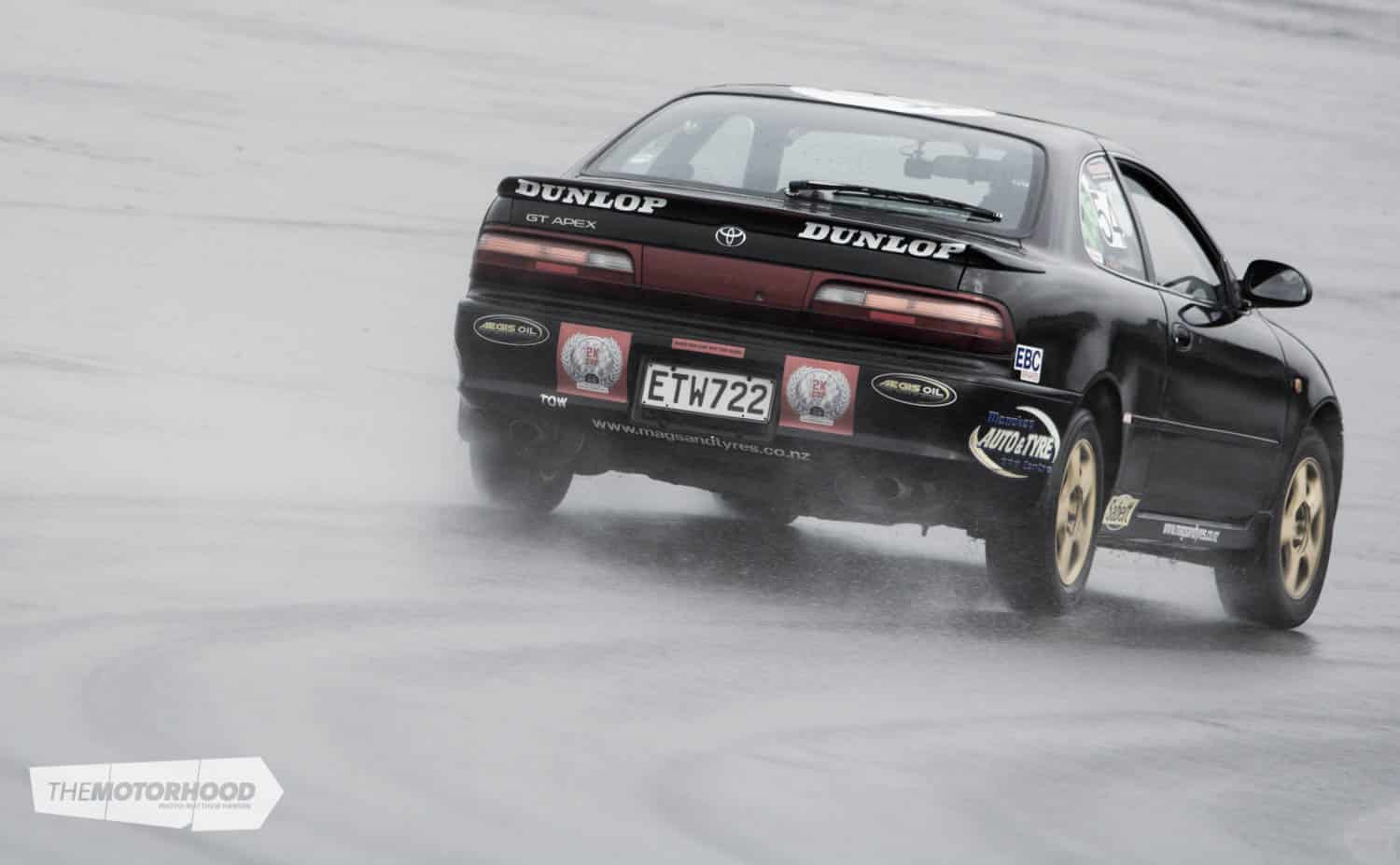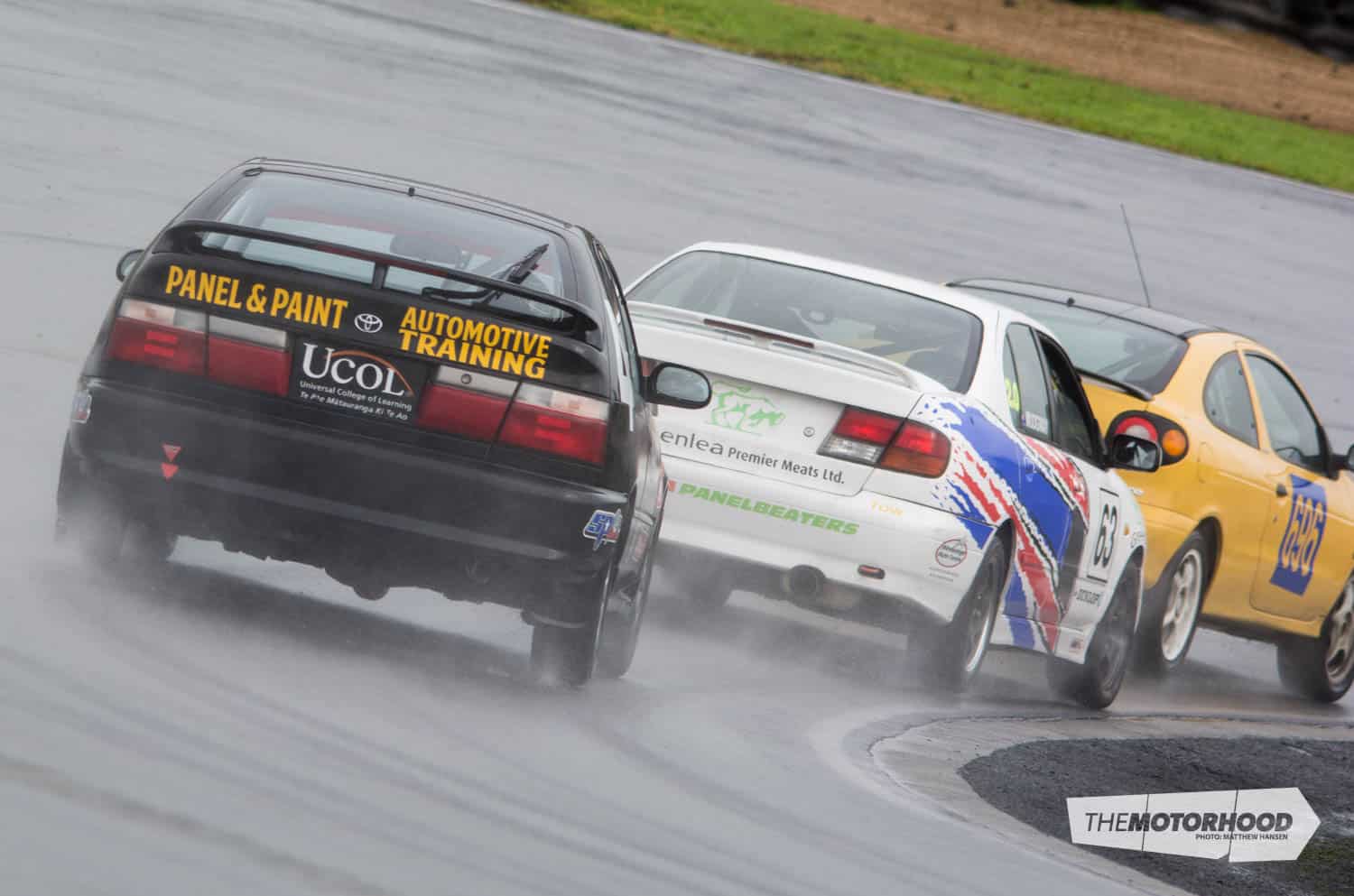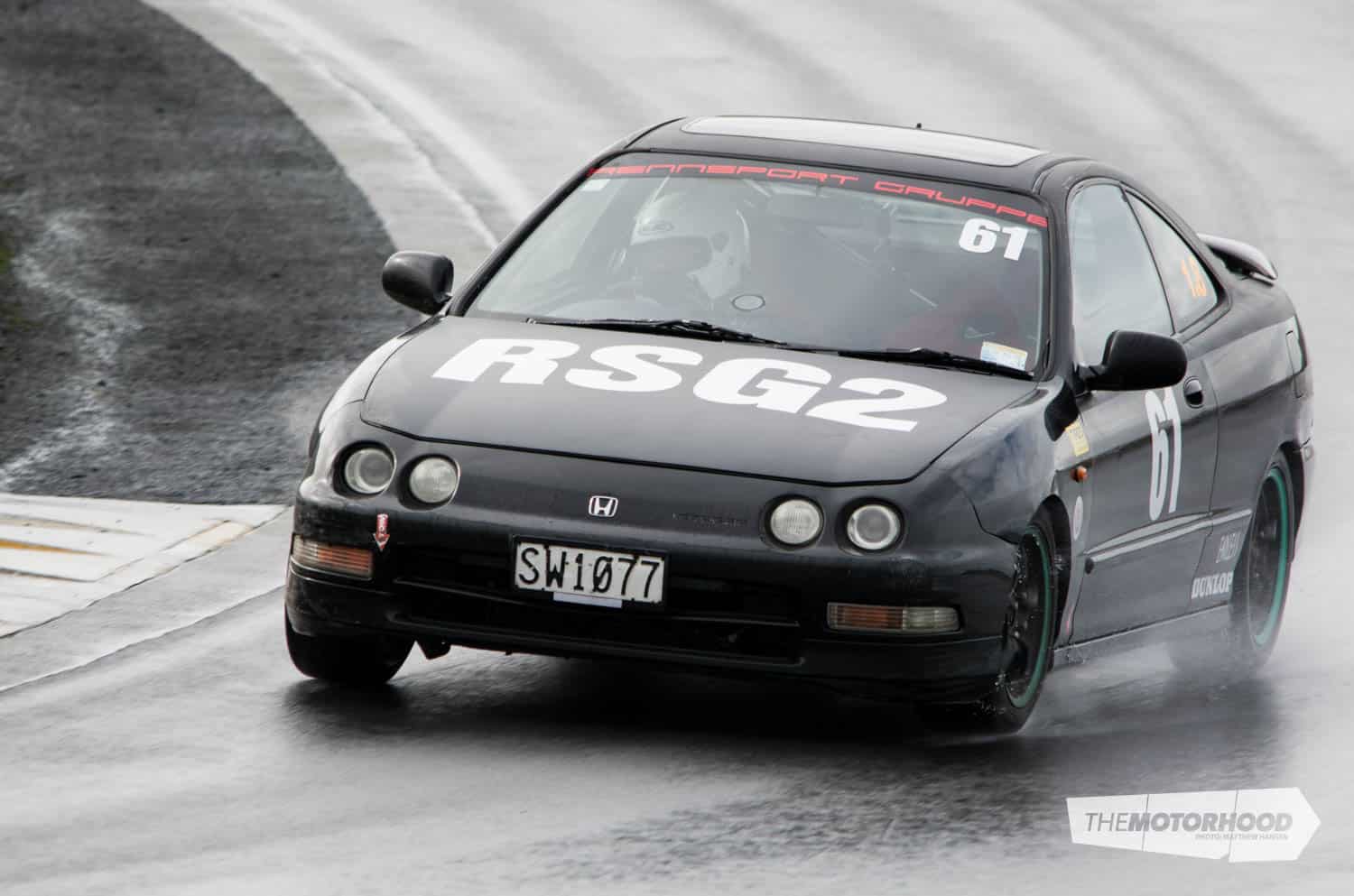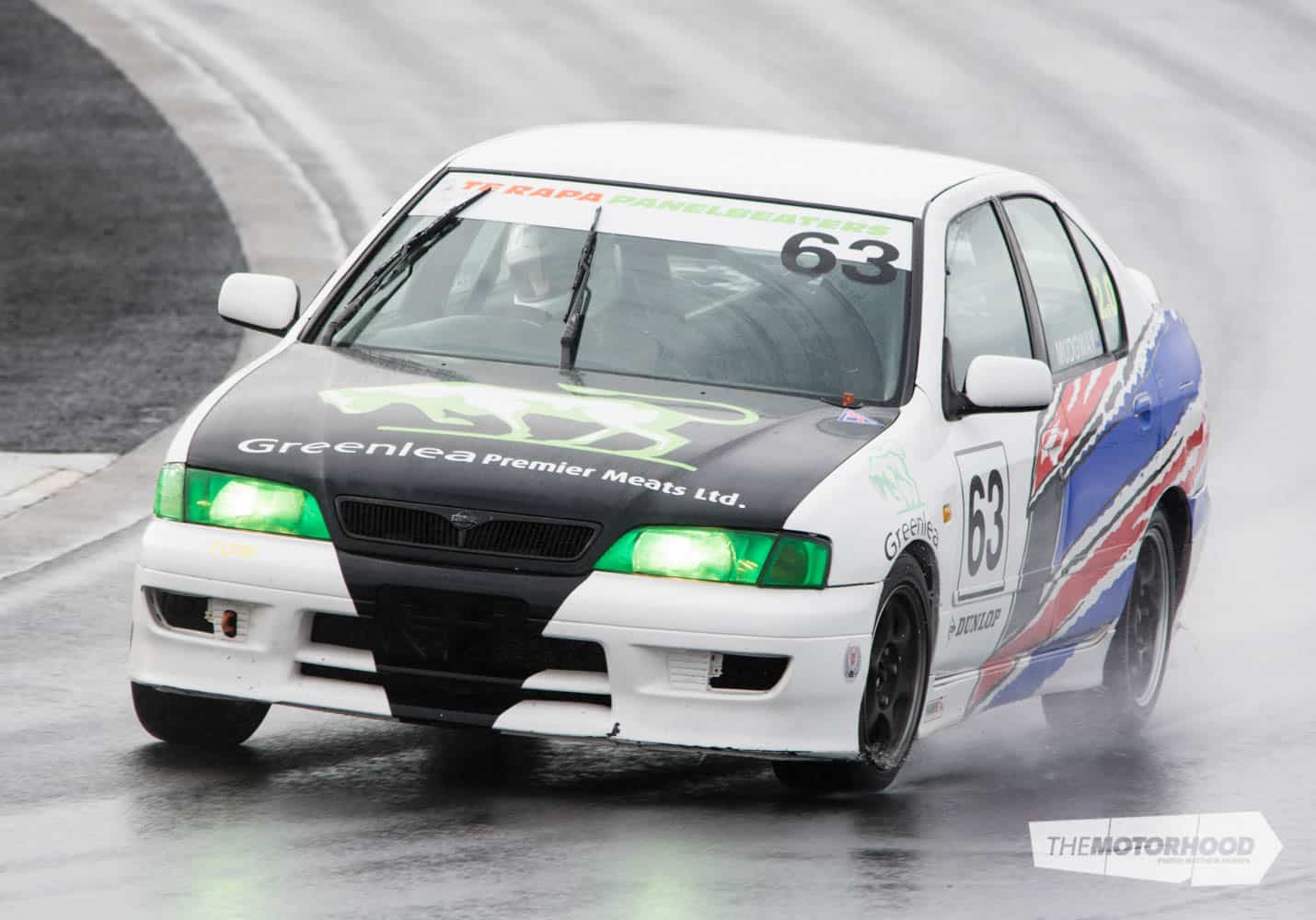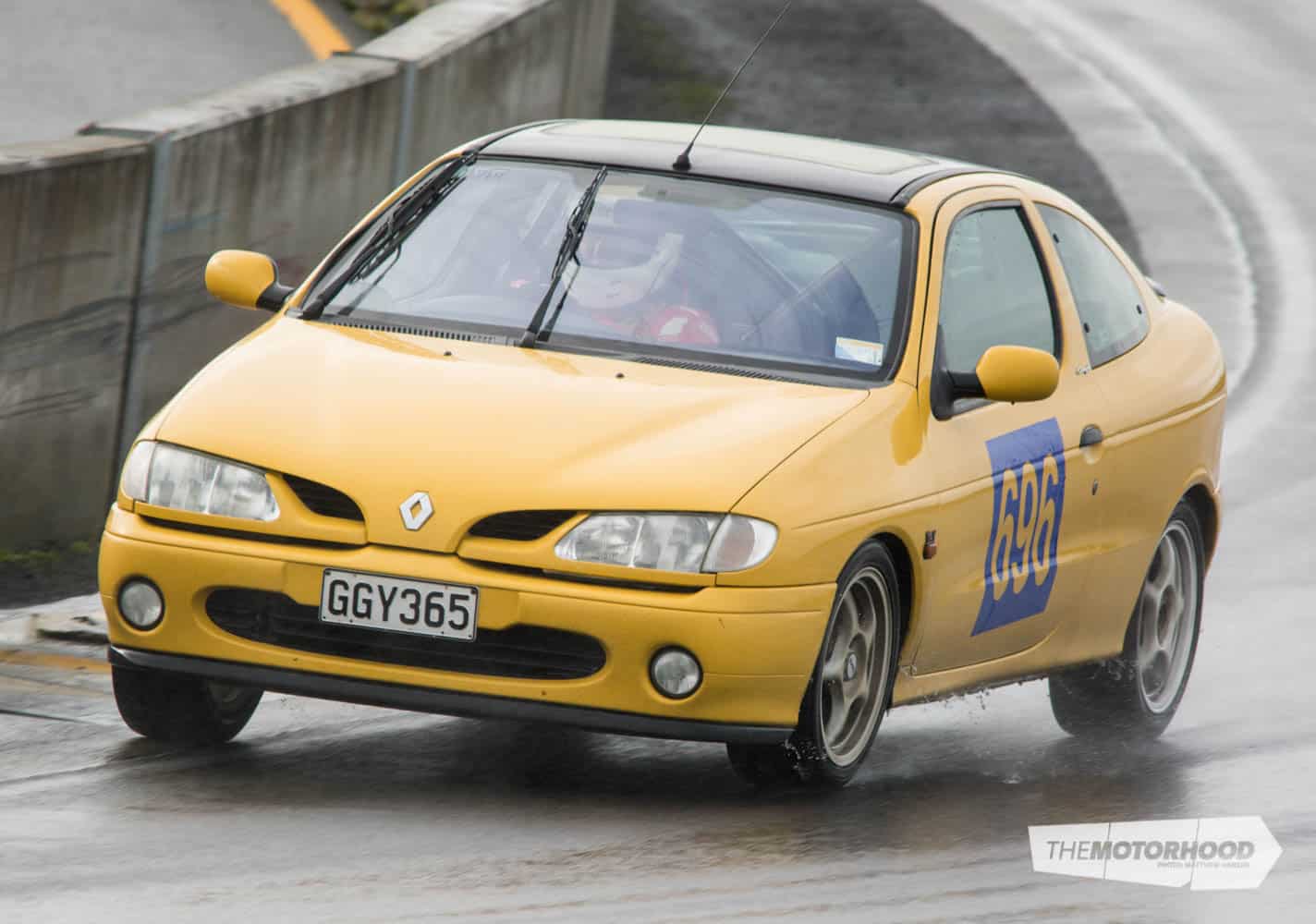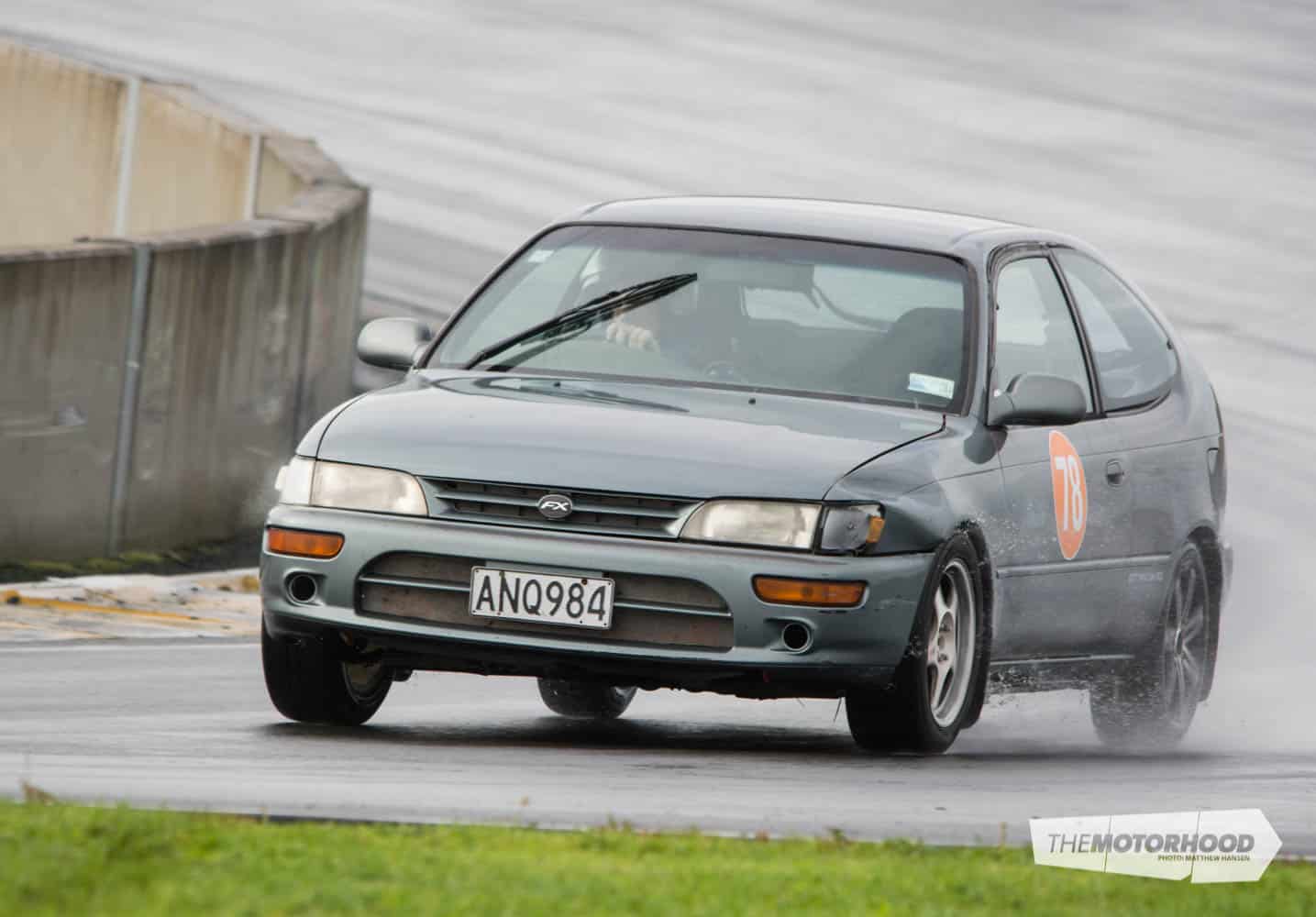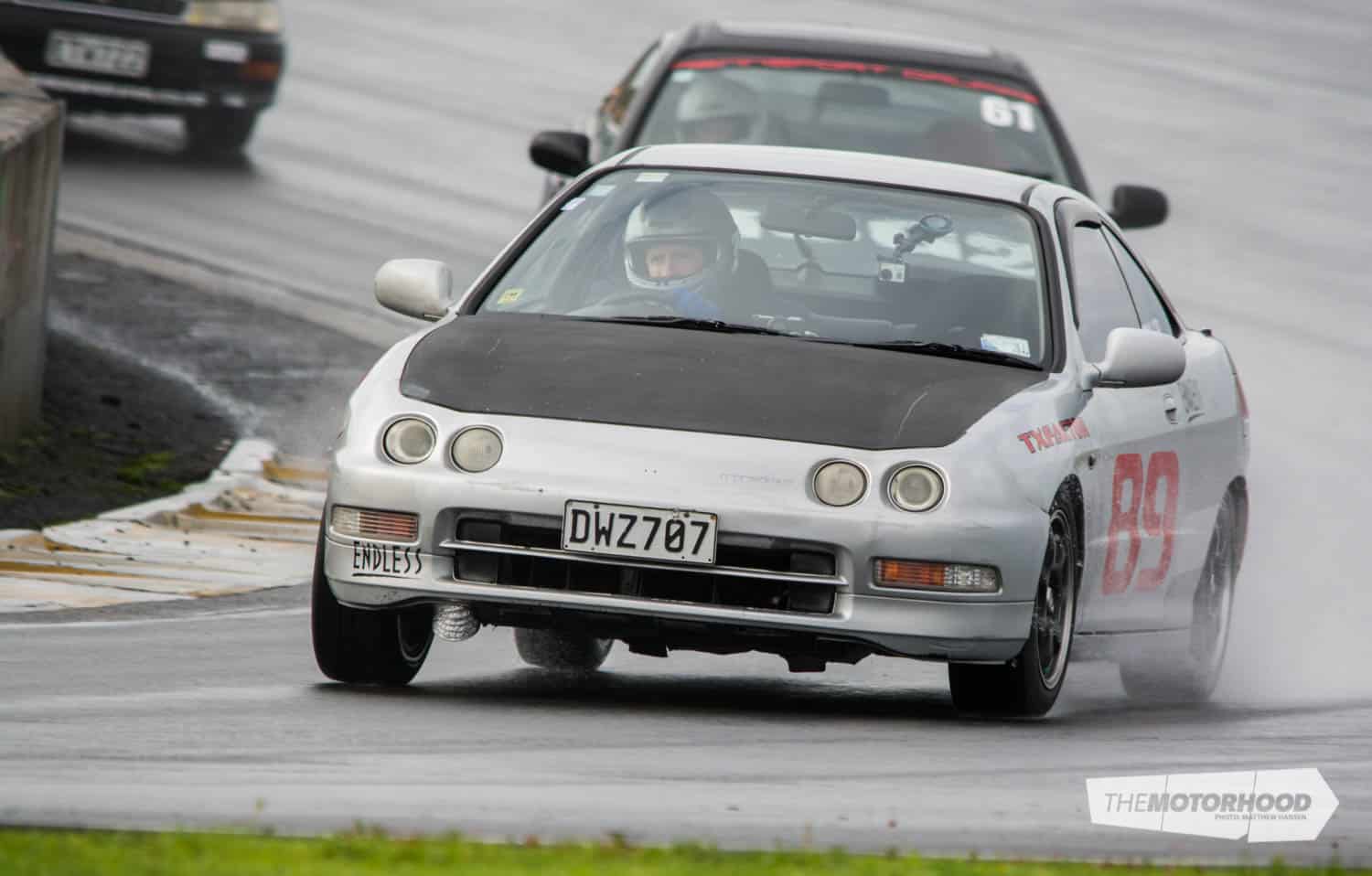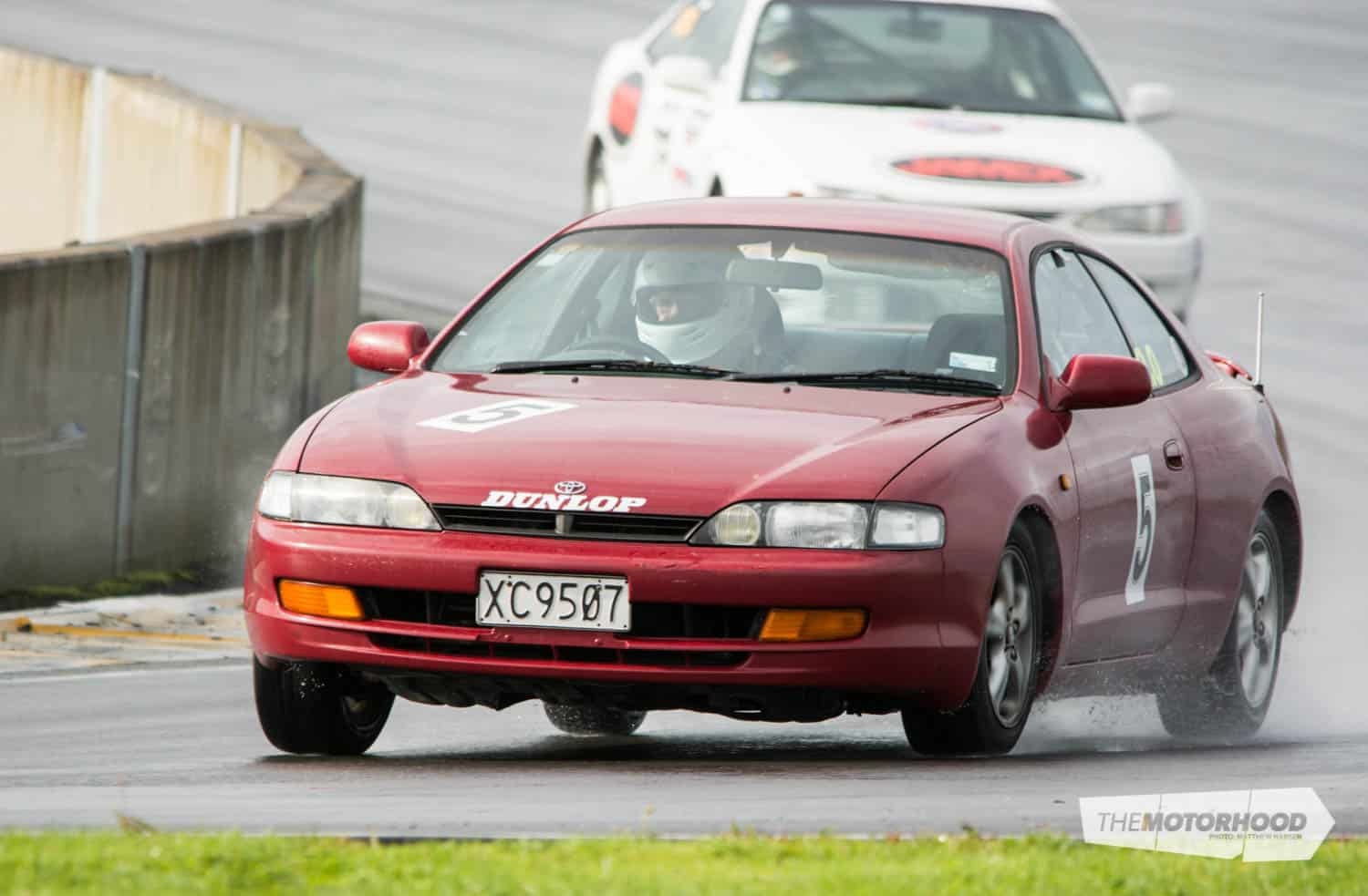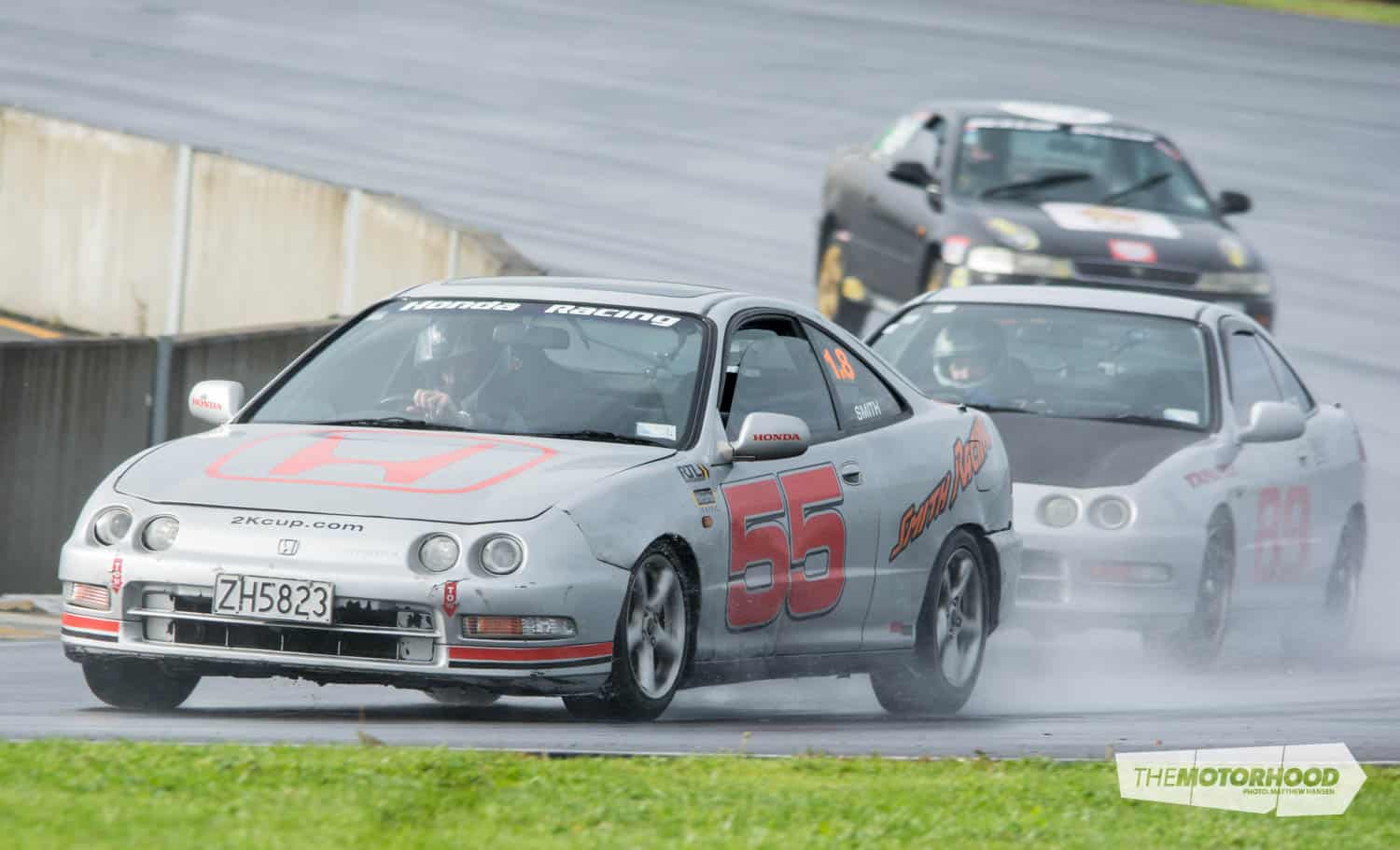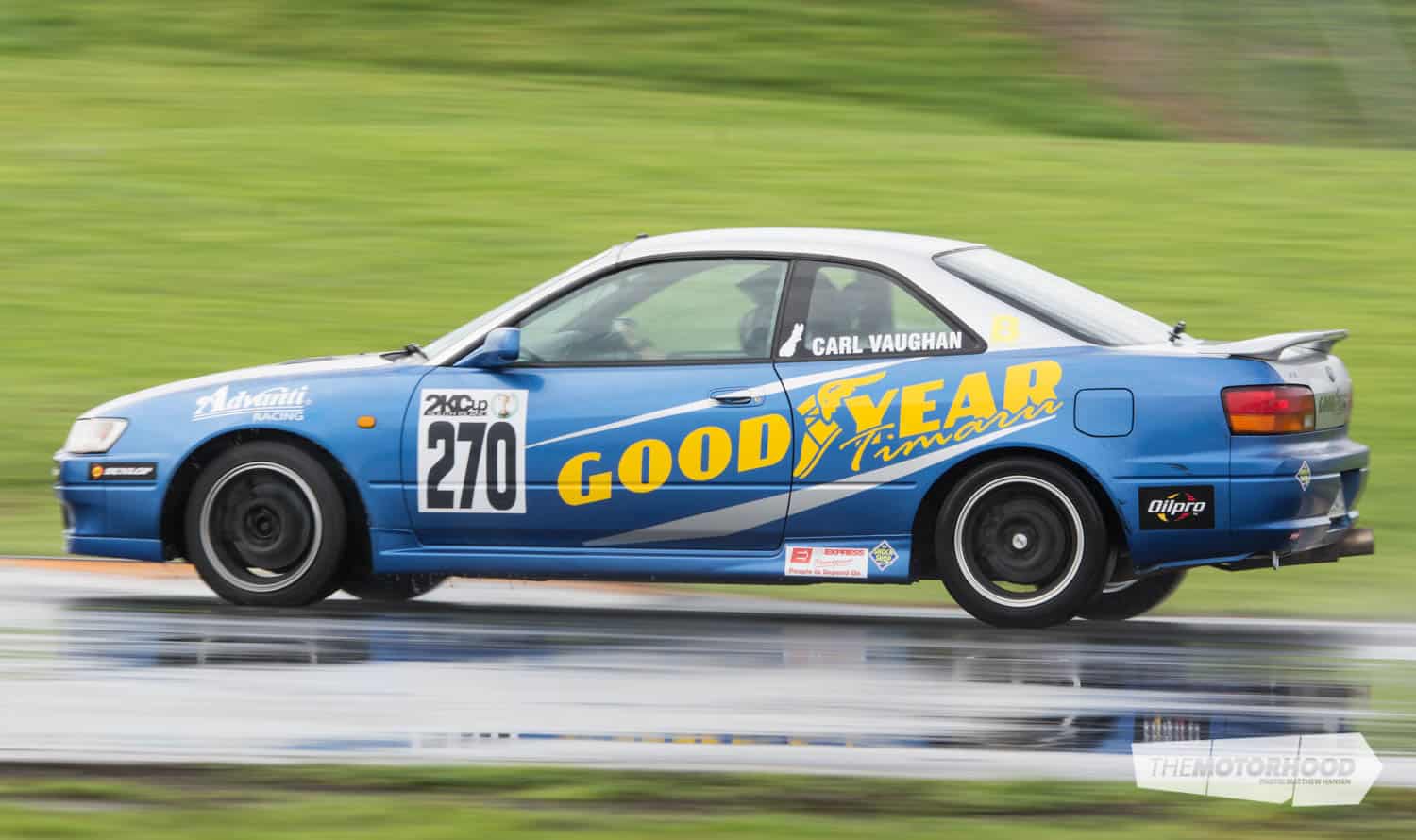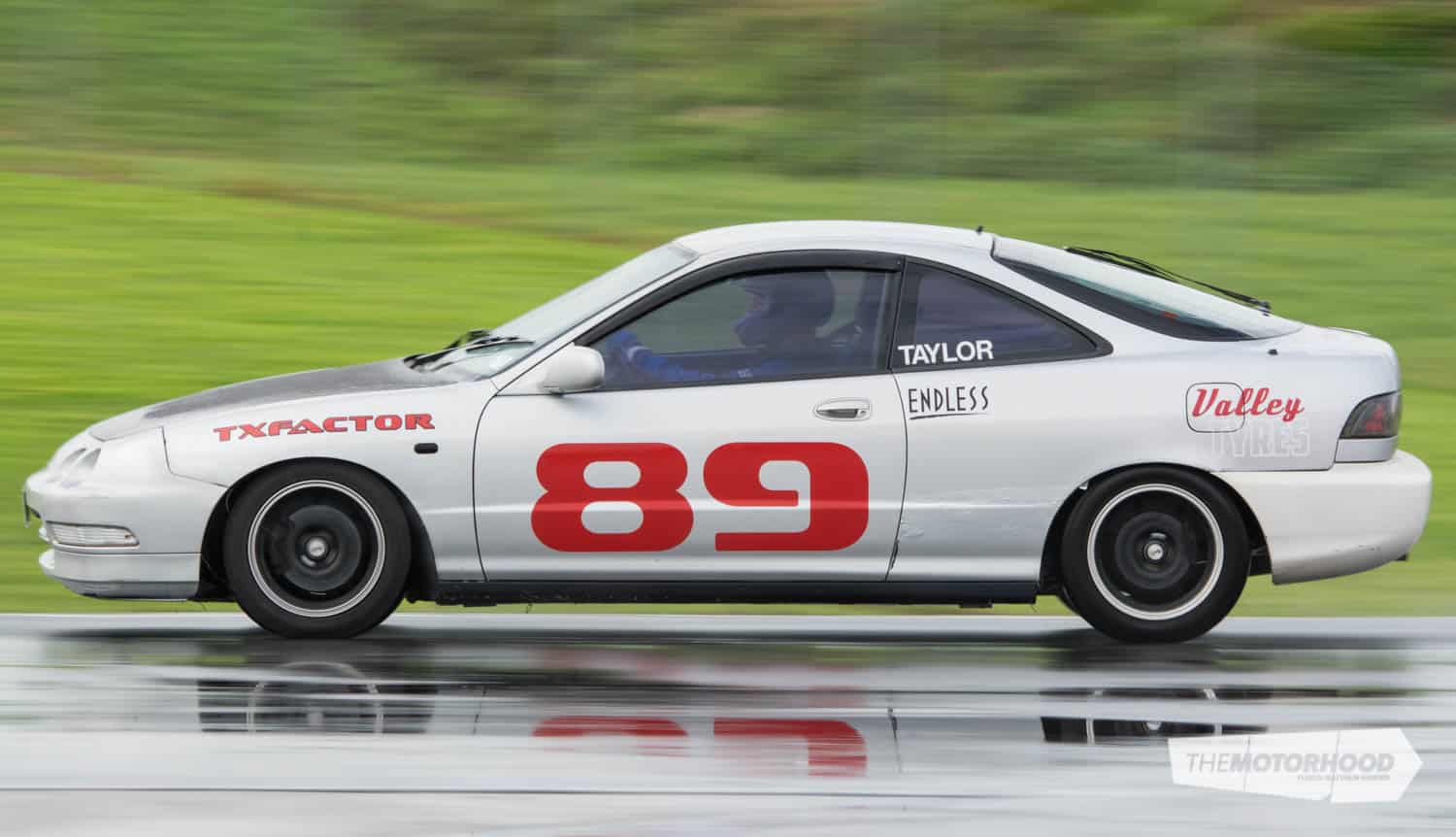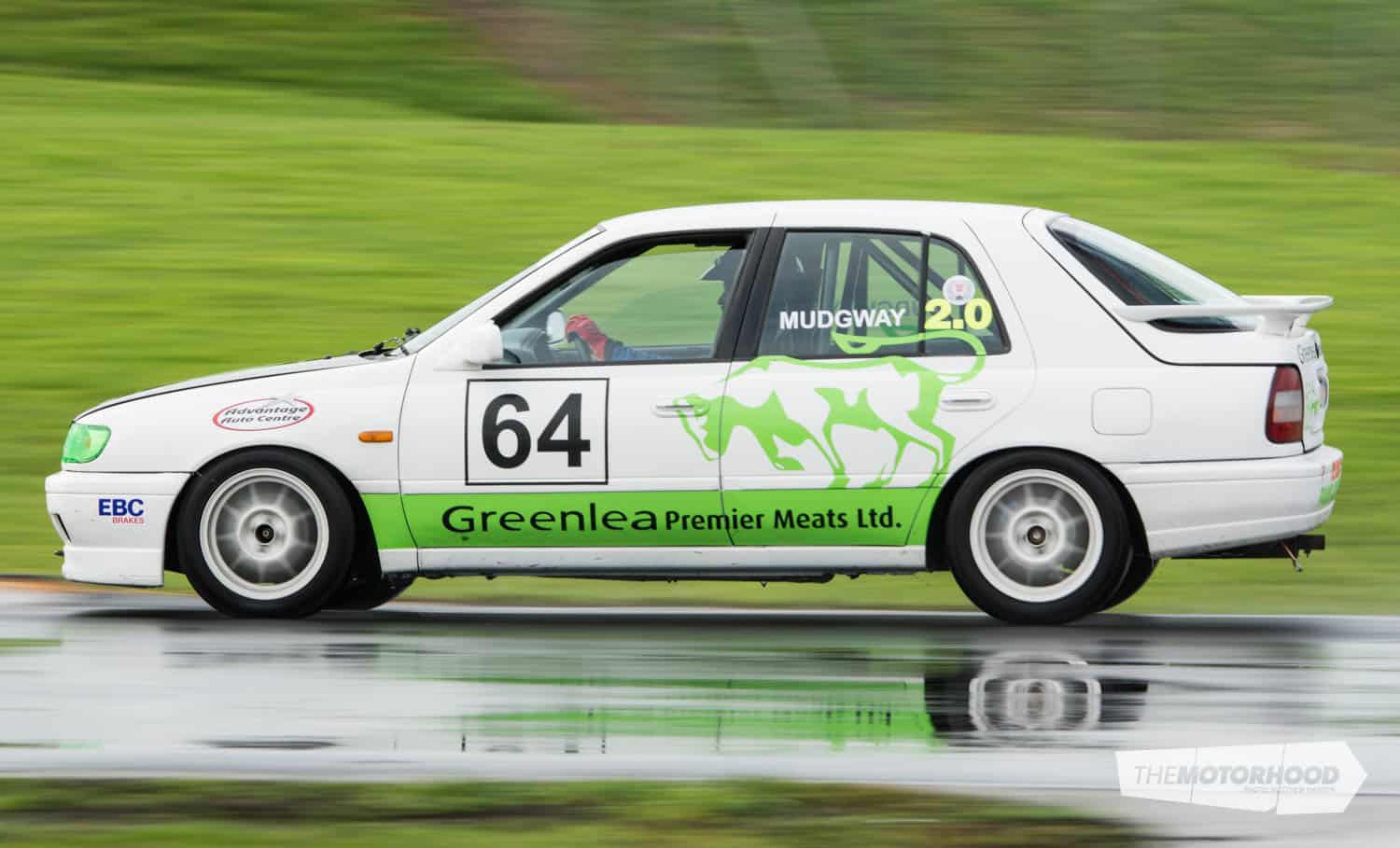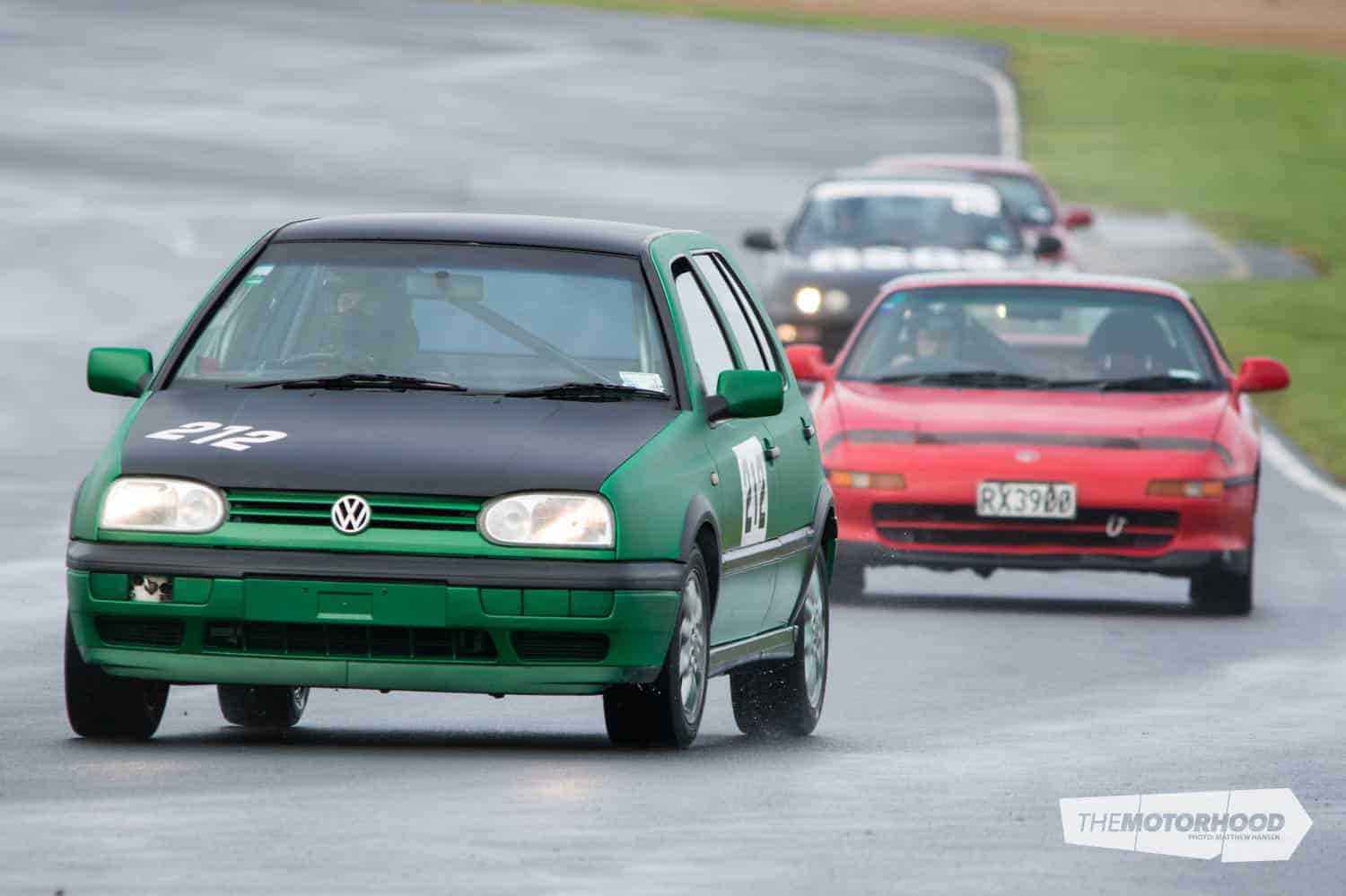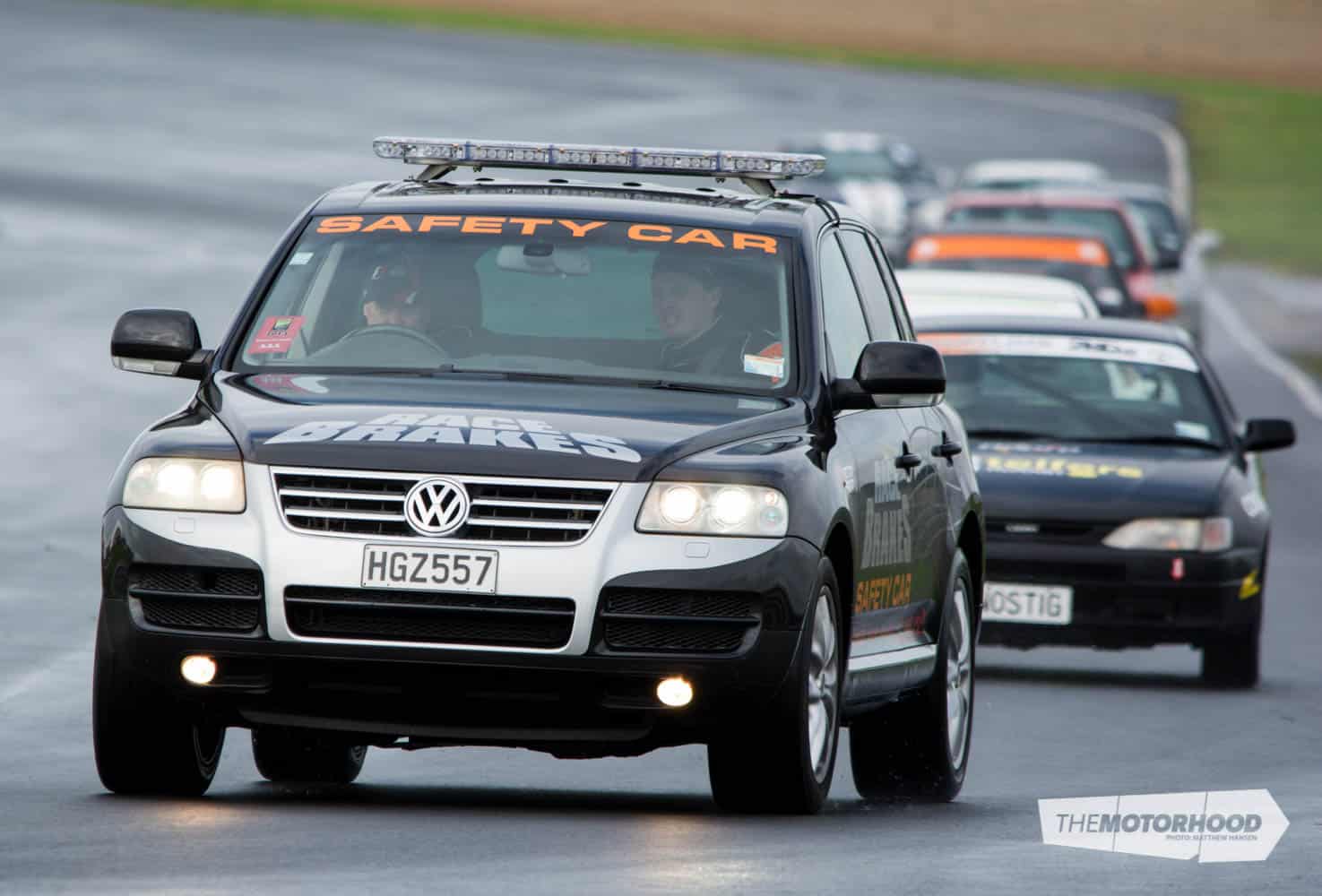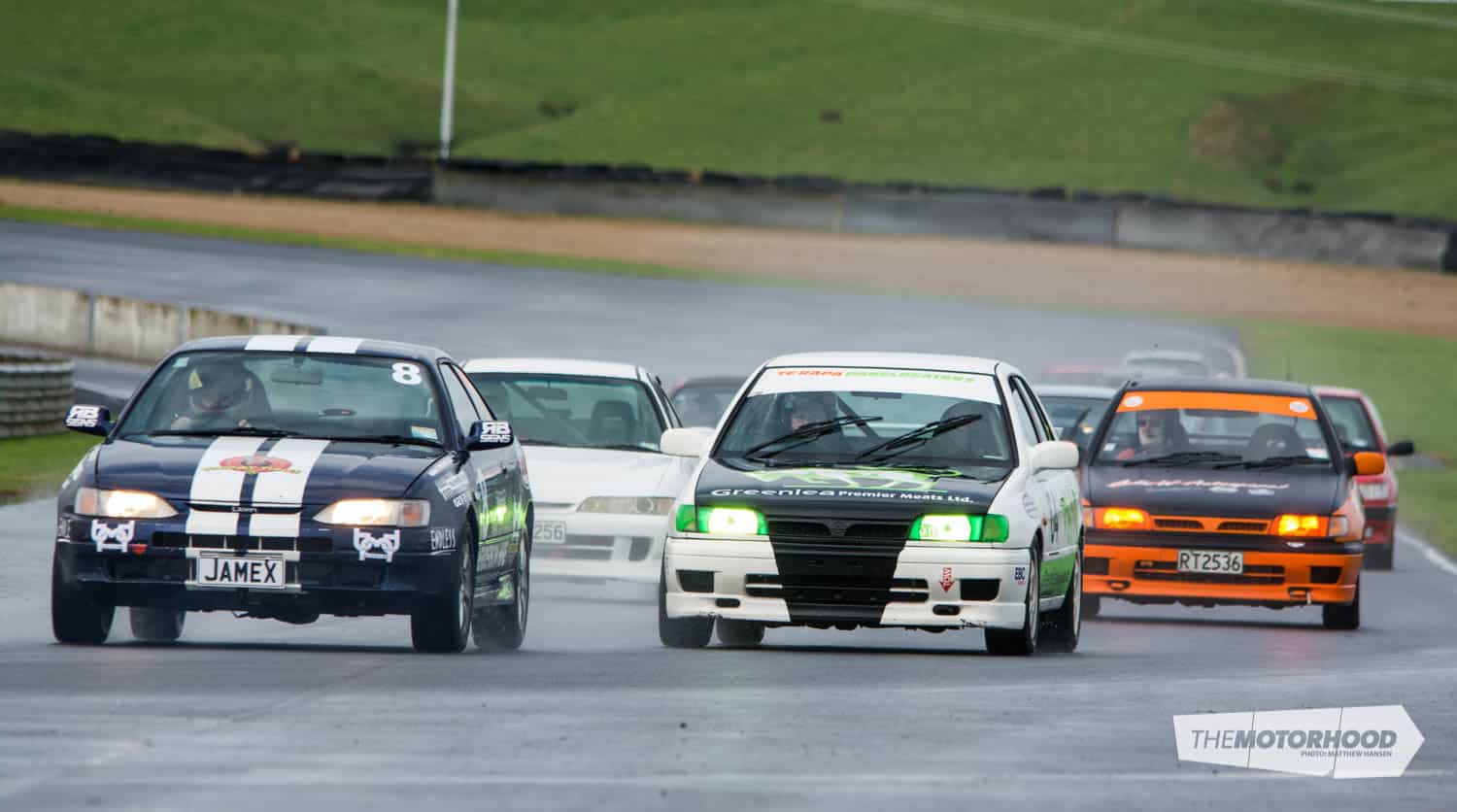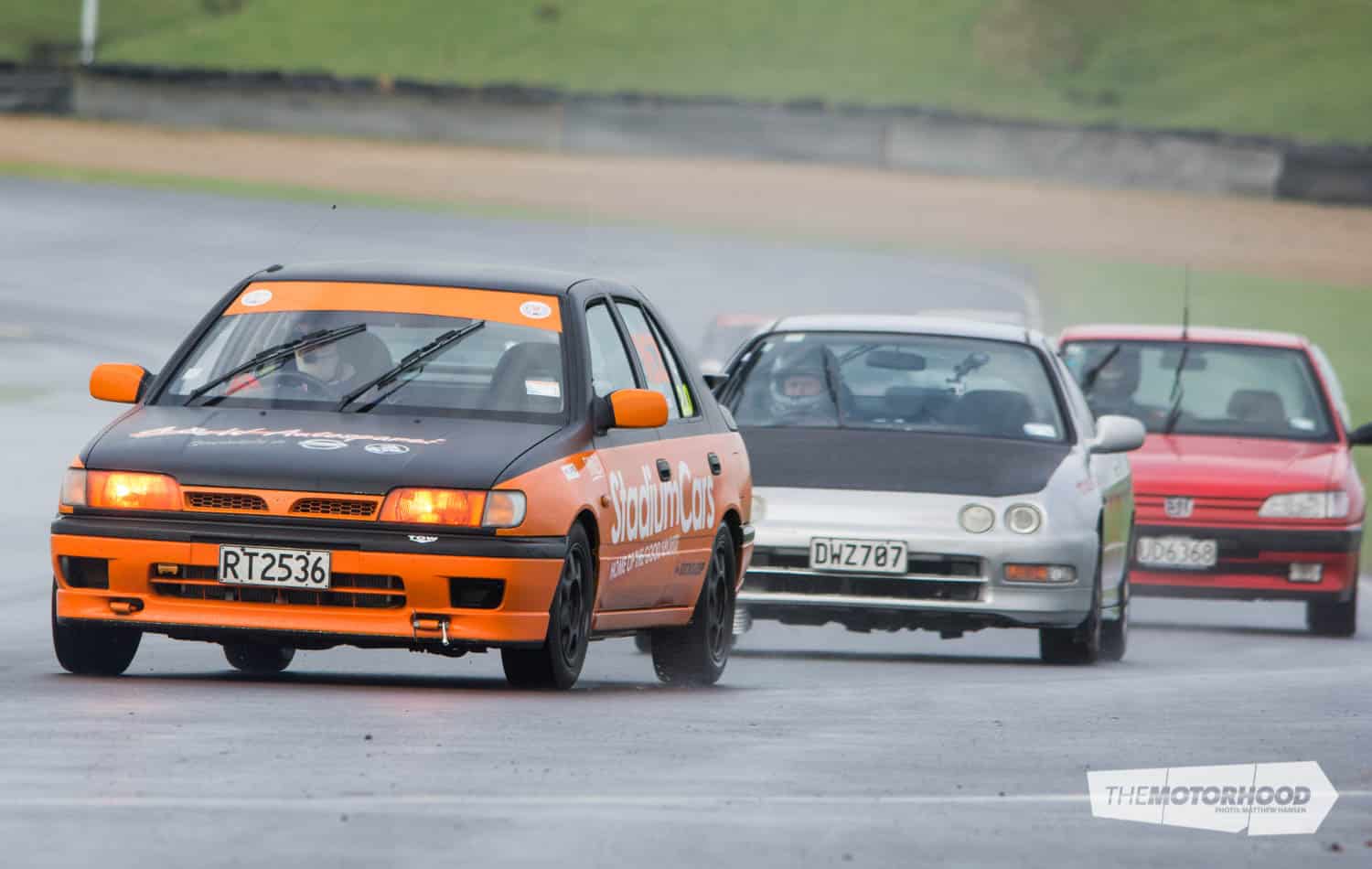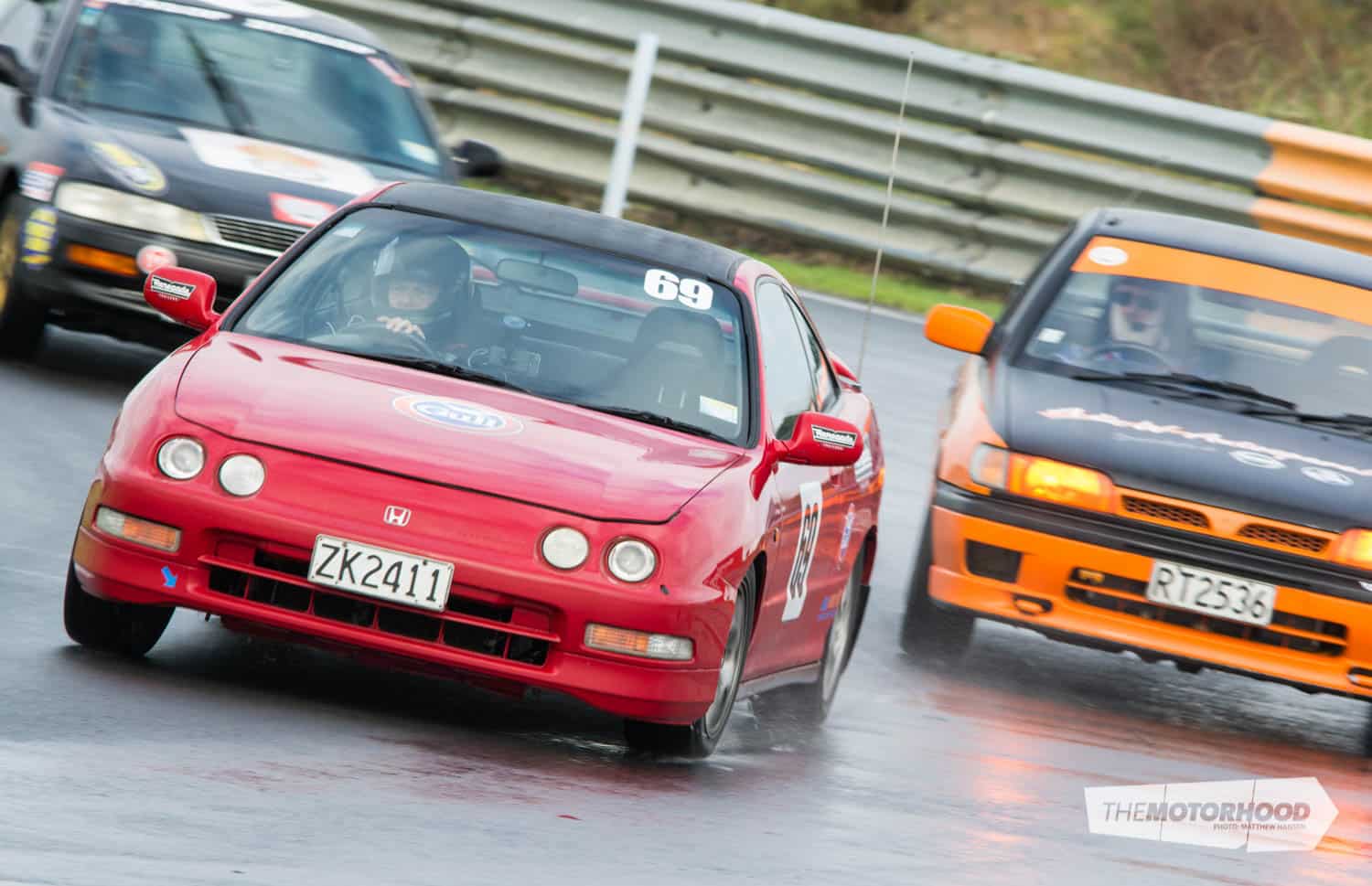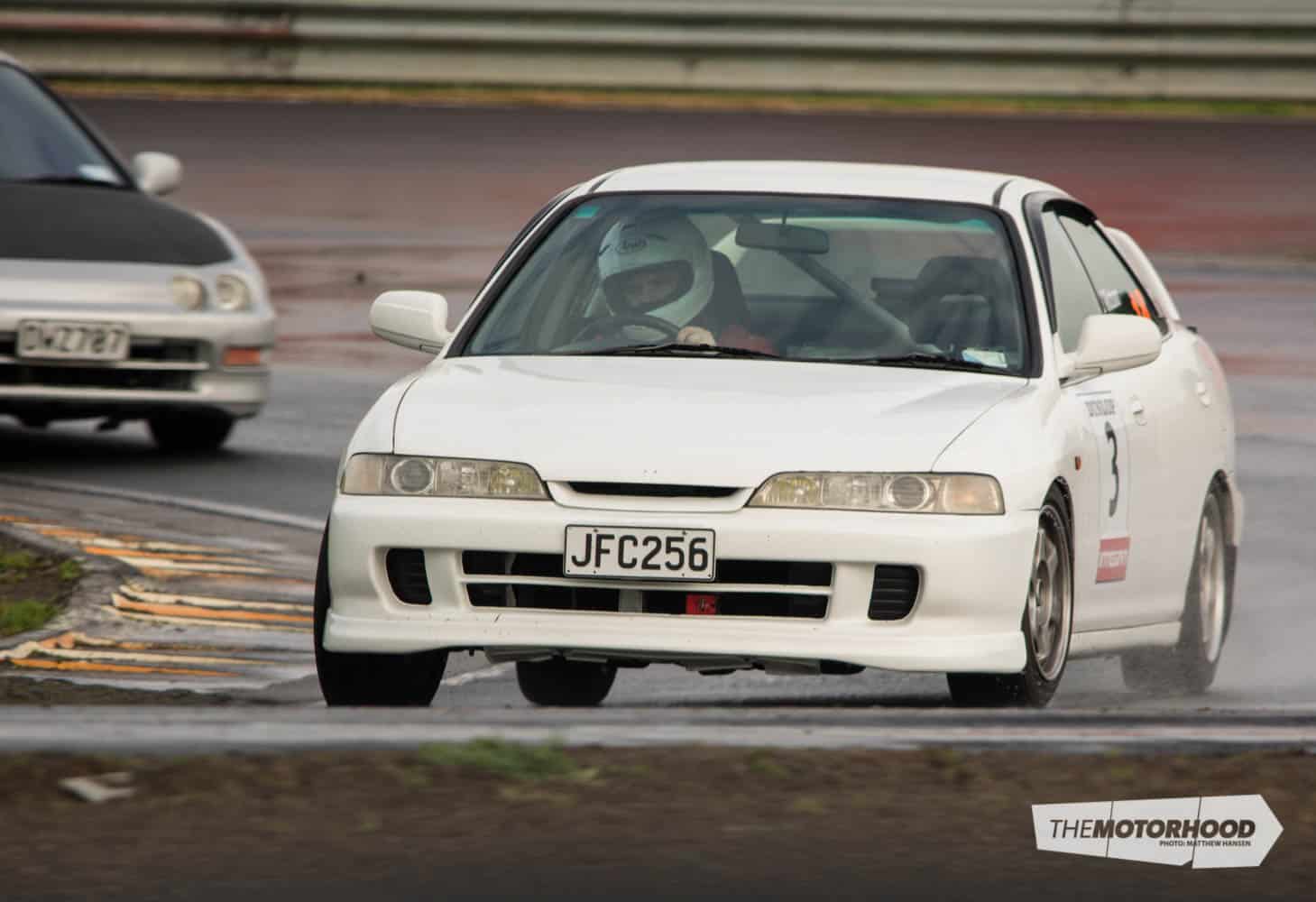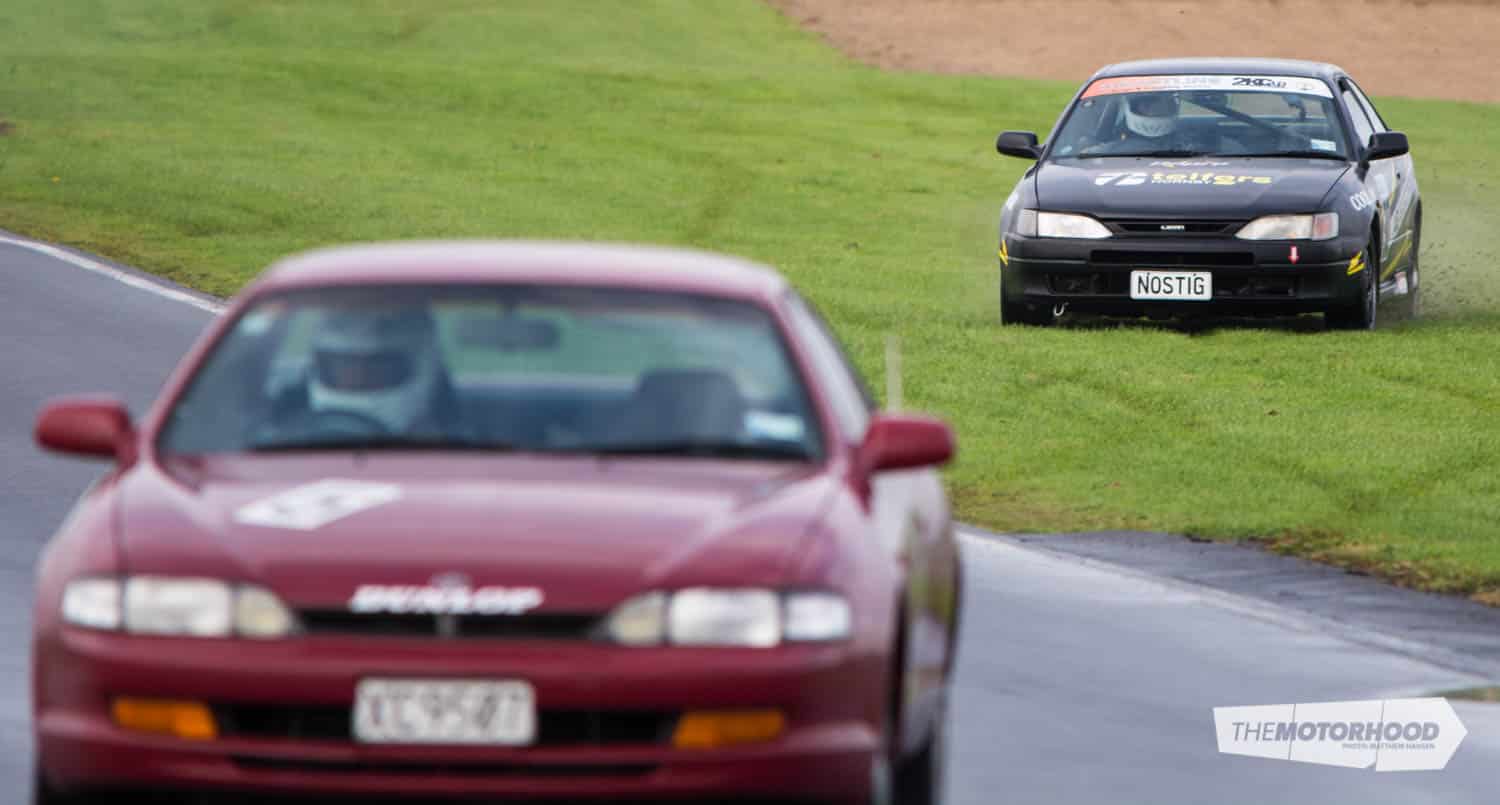To win a gruelling 800km motorsport event you need a dedicated and professional team, a well-prepared car, and, of course, drivers who are in peak physical condition, capable of focusing and applying themselves lap after lap.
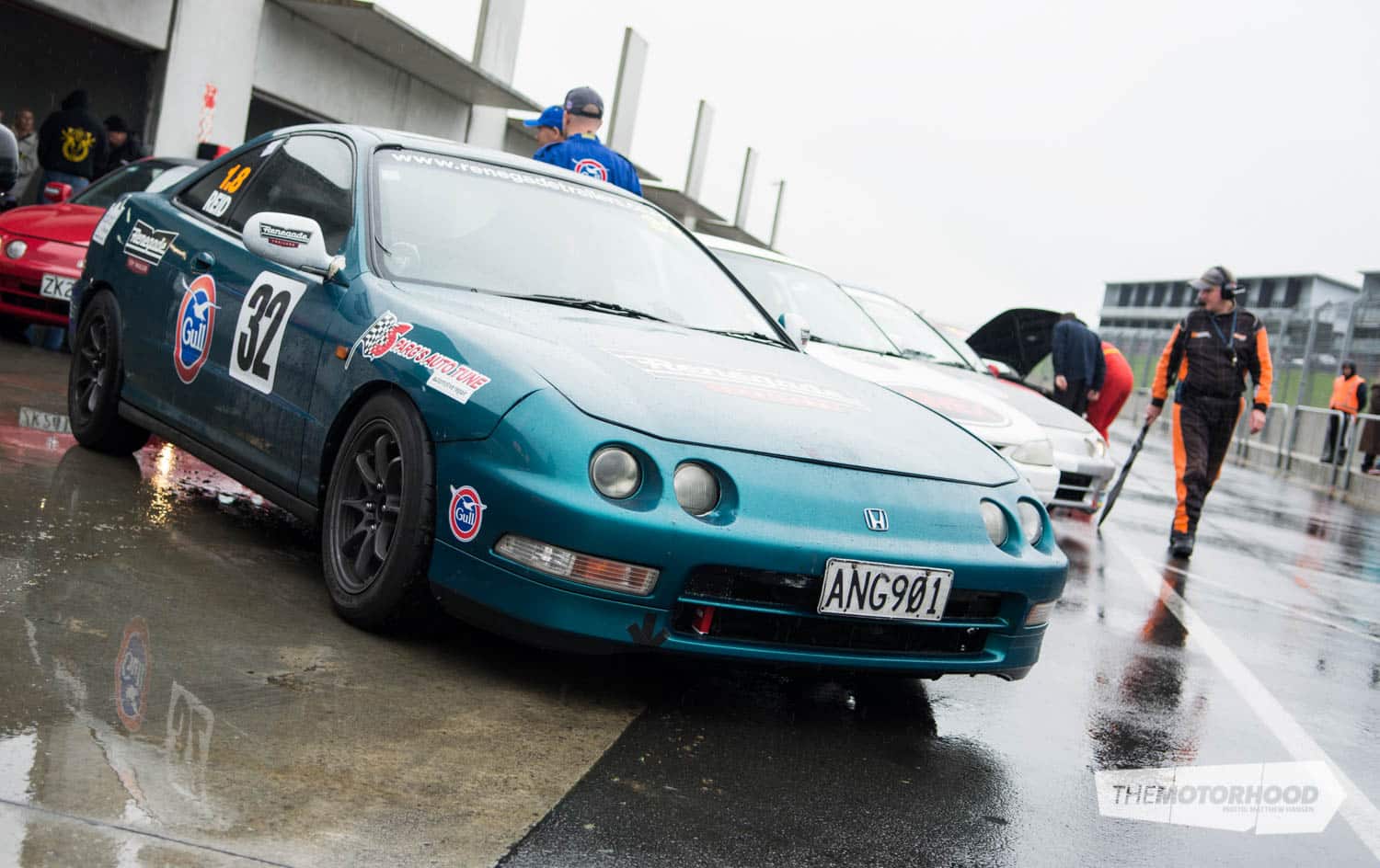
But, as I peered up and down pit lane on what was a positively soggy Saturday morning at Hampton Downs for the Dunlop 800 on July 4, it was difficult to pinpoint any of these characteristics anywhere. Especially when the most technologically advanced device present in the pits was probably the barbecue.
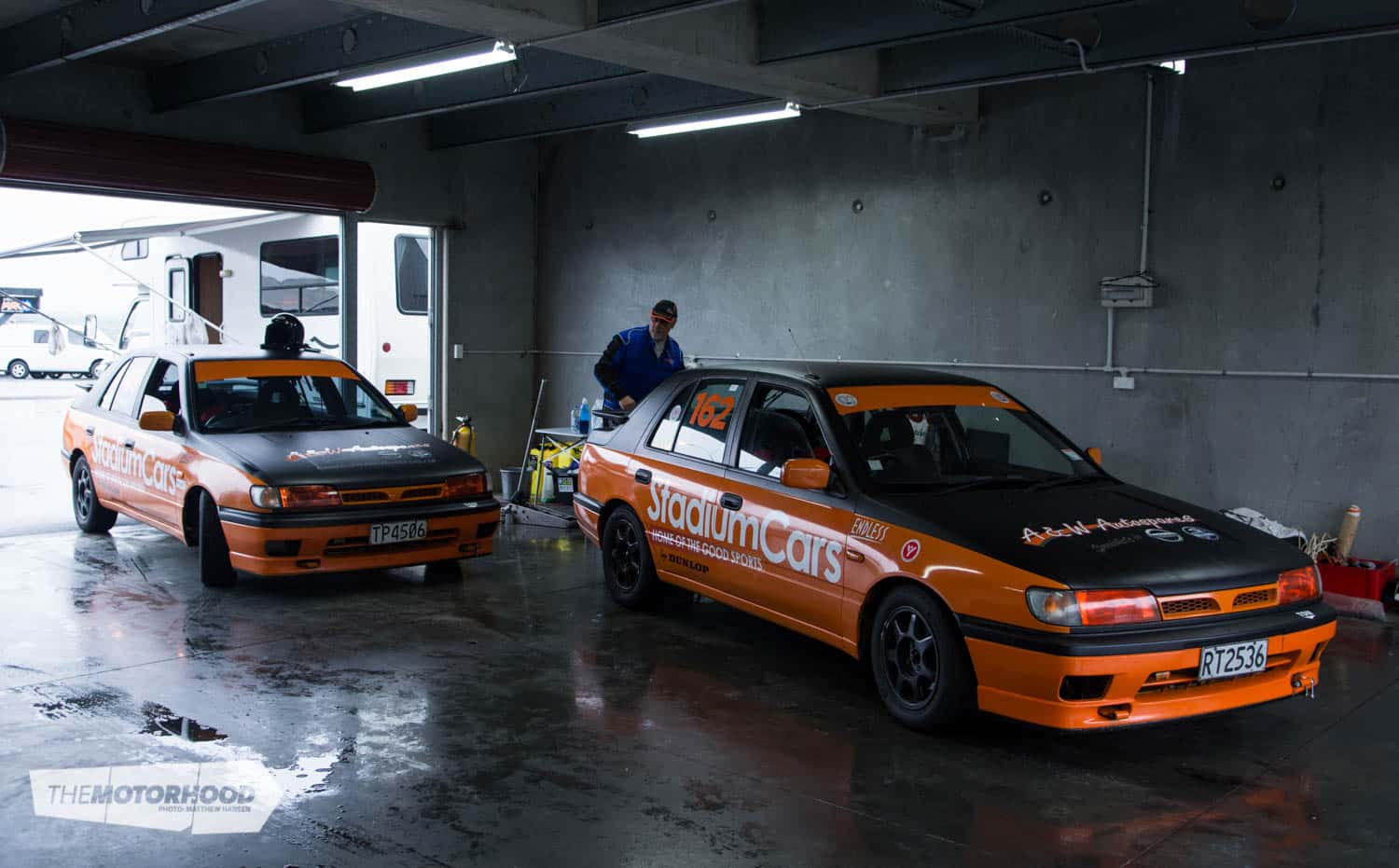
Yet, despite these primitive underpinnings, teams still expected to finish this cartoonishly long 800km race — the longest race the 2KCUP had ever staged.
To accommodate the length, the field was divided into 18 three-car teams, where each driver in each squad would race a car of their own. My favourite rule was the one for breakdowns, where if your car broke down while on the circuit, the driver would have to sprint from that location (without crossing the track) to get back to pit lane, and only upon their return would the team be able to continue. Throwing in the wet weather, the race could’ve almost been viewed as some kind of twisted bogan triathlon.
The 2KCUP series prompted vigorous wagging of tongues when it was launched in 2013. It is a class based on one central premise: to give people the opportunity to be involved in motorsport for little more than the price of a hot cup of coffee in Ponsonby. It’s no surprise that the series has taken off, after all, if there are two things Kiwi racers love, it’s the thrill of a good old-fashioned challenge, coupled with the thrill of frugality.
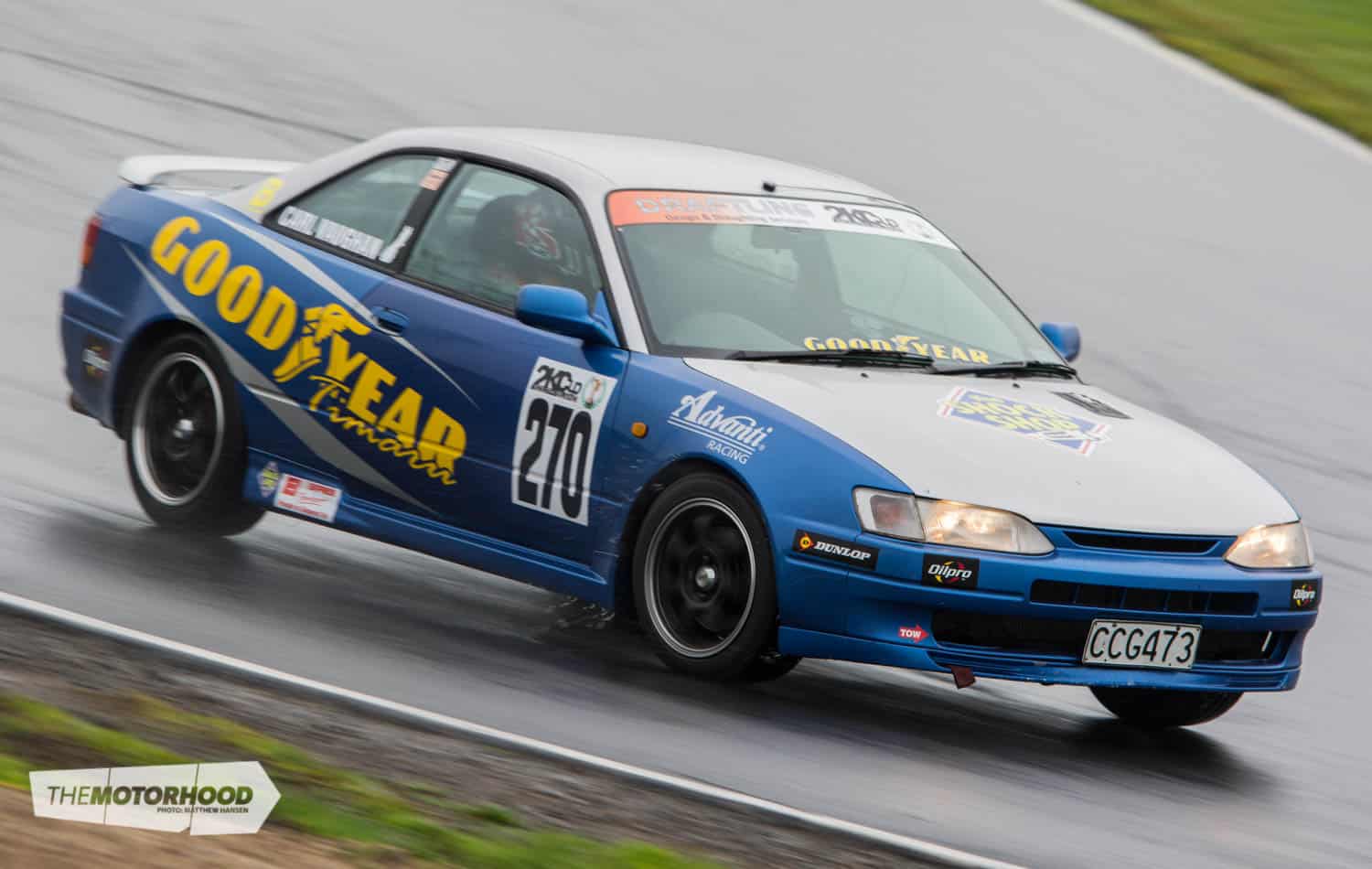
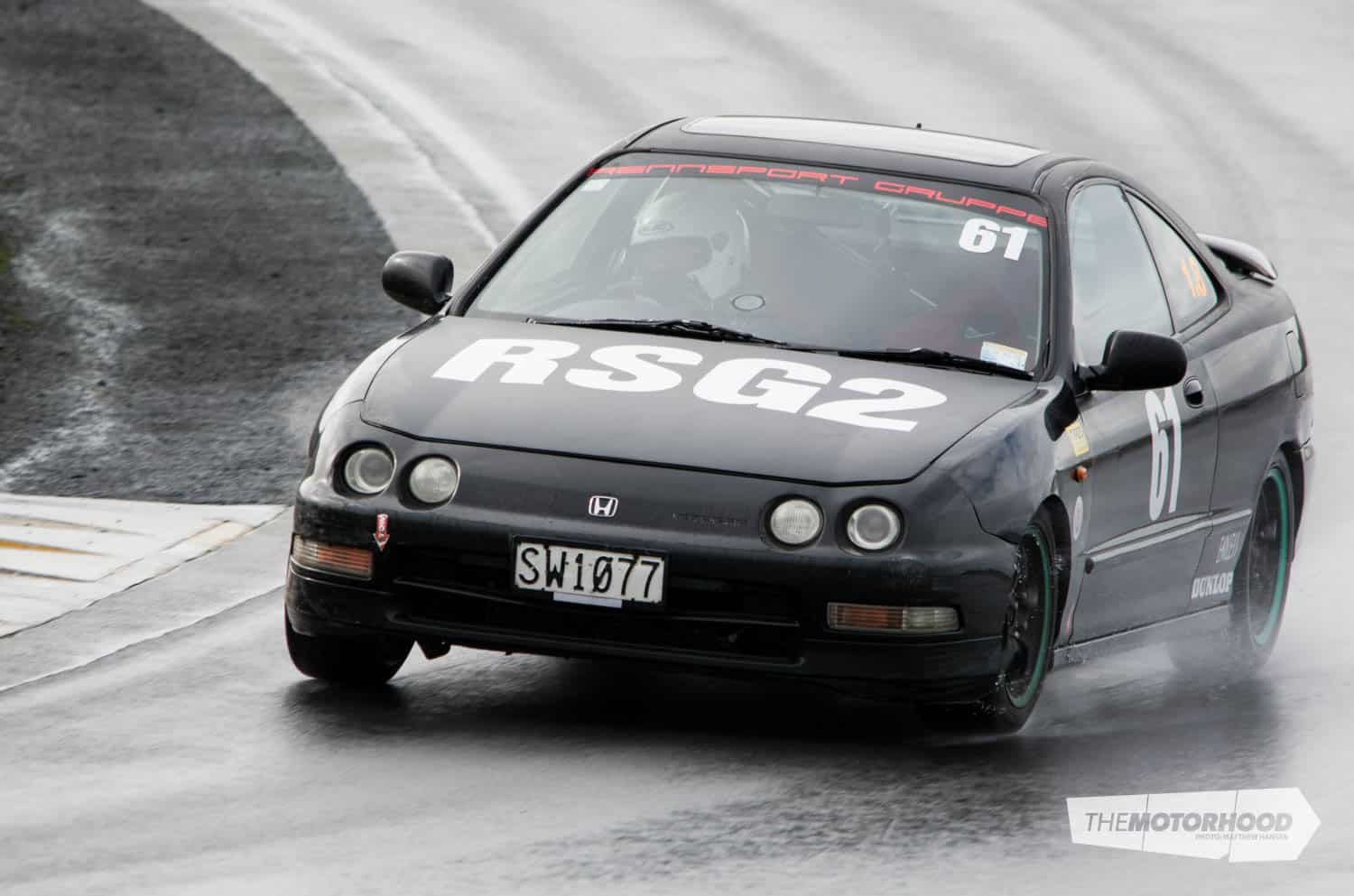
To be competitive, you need a car that is fast, safe, simple, and above all else, reliable. This meant that light and nimble Japanese coupés were the dominant force, mainly comprising various iterations of the Toyota Levin and Honda Integra. While the quickest AE110 Levin’s 4A-GE power plant was only good enough for 84kW against the 127kW that the B18C-equipped Integras were making, the Levin was a much lighter car — weighing in at less than a tonne versus the 1.17 tonnes of the Integra.
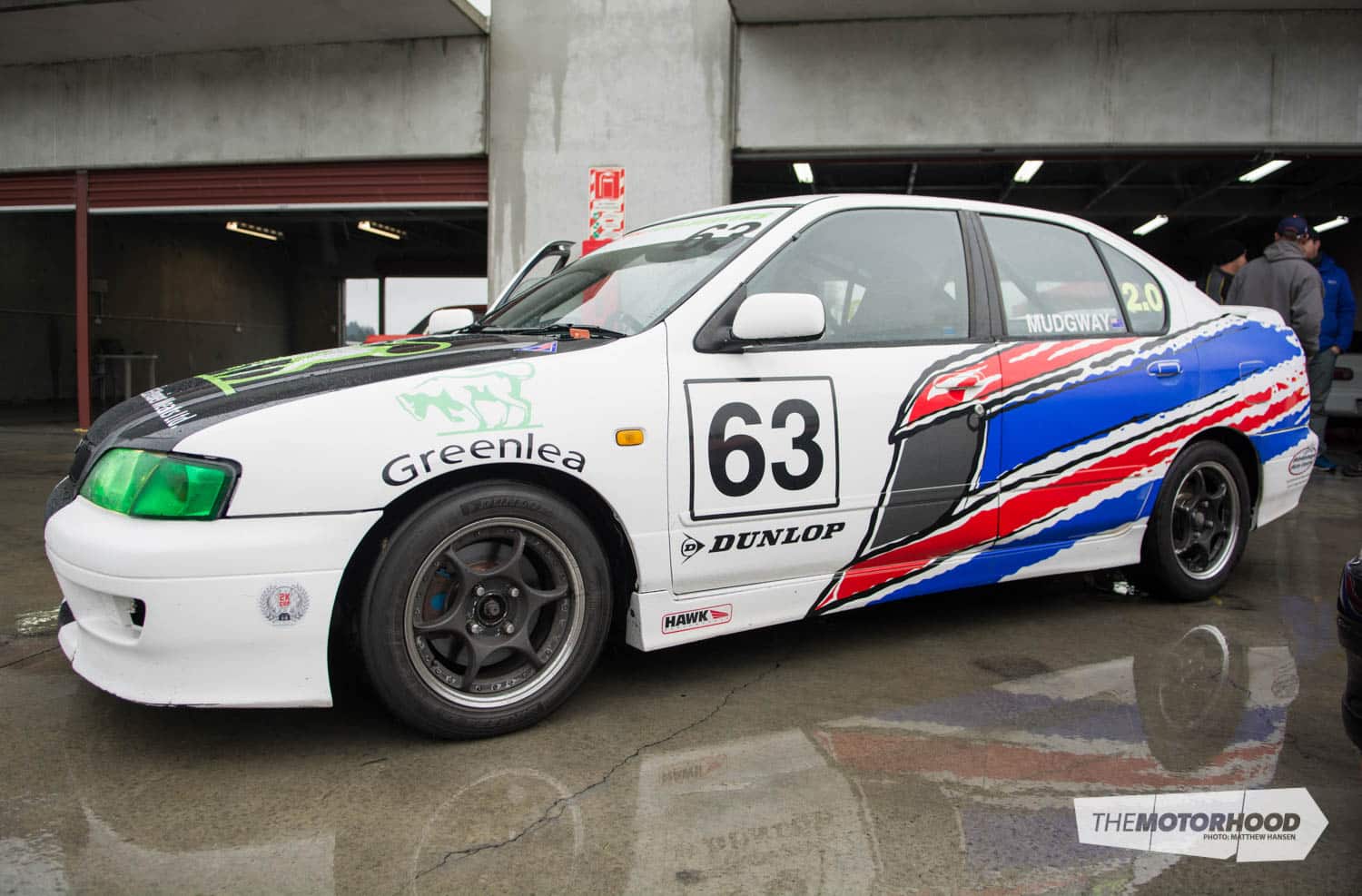
Other teams went for a more utilitarian look, fielding four-door family sedans. One of these teams, clearly men after my own heart, decked out two of their Nissans in retro motorsport liveries. Their Bluebird SSS sported factory colours made famous by the likes of George Fury during the Group C touring car era, while their fractionally newer Primera donned a livery formerly worn by Nissan’s factory British Touring Car Championship outfit in the late ’90s.
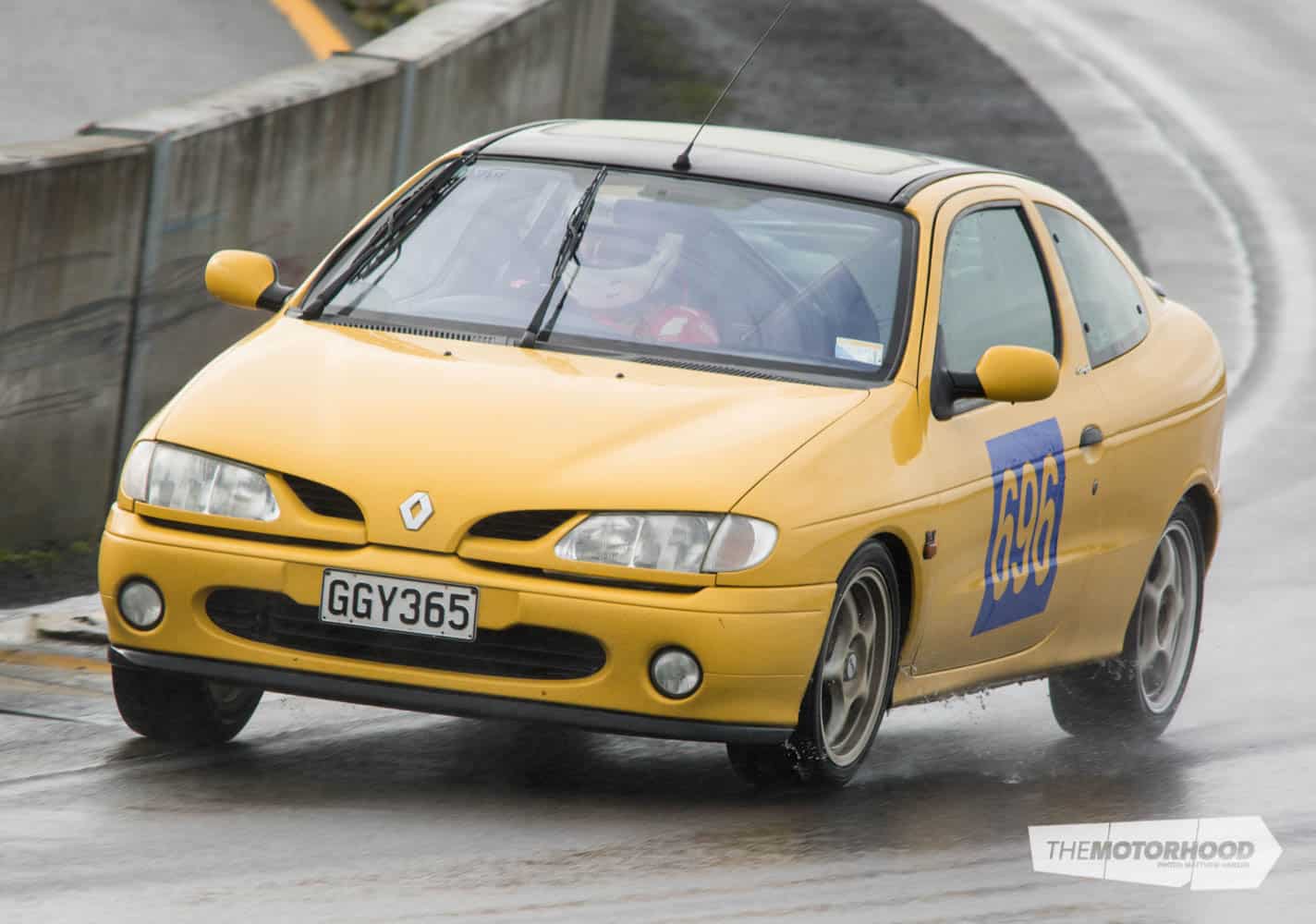
Finally, you had the team who used a Renault Megane. They, and their ubiquitously French car, won my award for ‘Most Irrational Car Choice.’ Admittedly, while it was out there it was rather quick.
The race didn’t start in a normal fashion (not that we expected anything less), instead kicking off with a traditional Le Mans–style start — although I suspect they didn’t have cross-dressers at Le Mans. In damp conditions, it was ‘Racing Ray’ Williams — famous for his will to race in anything with four wheels — who snatched the initial lead. Despite a drive-through penalty for speeding in pit lane, he and his silver Integra held the lead for the duration of the opening stint until they surrendered it at the first cycle of pit stops.
What surprised me was how incident-free the race was. After a few dozen spins in the moist first hour (one particular Integra coming over to say hello to me at the armco), things normalized and a genuinely interesting race ensued.
By the end, it was a two-horse race for the win between the twin AE110 Levins driven by Mark Mallard and Jason Quayle. In a dramatic twist, engine issues that Mallard had been battling in the final 30 minutes proved crucial, and Quayle took the lead and the win with a mere two laps remaining while the pair ducked through the twilight traffic.
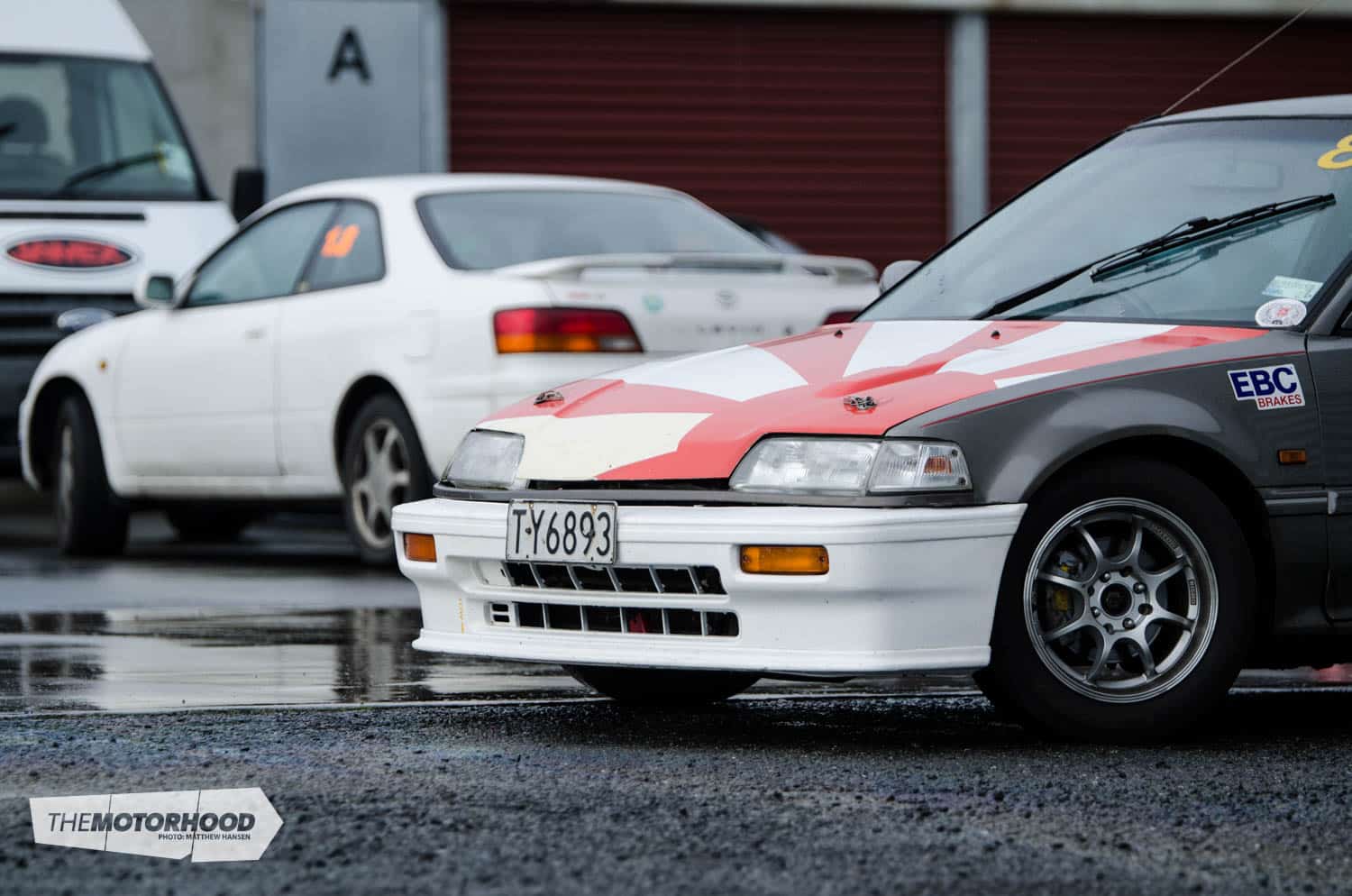
Almost seven hours after the first green flag had been thrown, an incredibly impressive 17 out of 18 teams had made it to the finish. It’s ironic that in a class based around cars most people would put out to pasture, that they were the stars of the show. Slouched in pit lane, layered with war wounds, carbon dust, and oil stains, you had to tip your hat to them for going the distance when many of them simply had no right to.
Now, to find a donor car on Trade Me …





